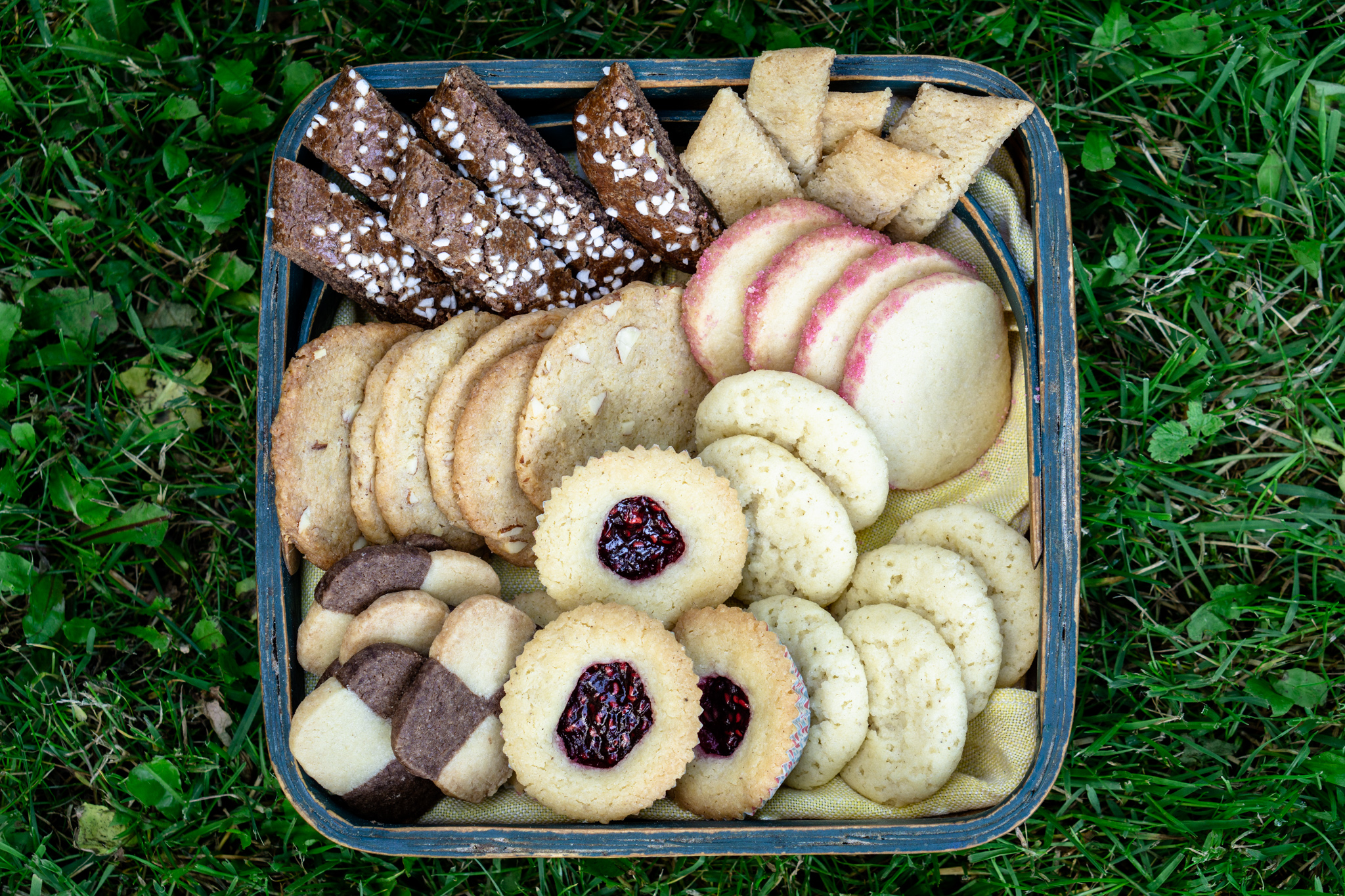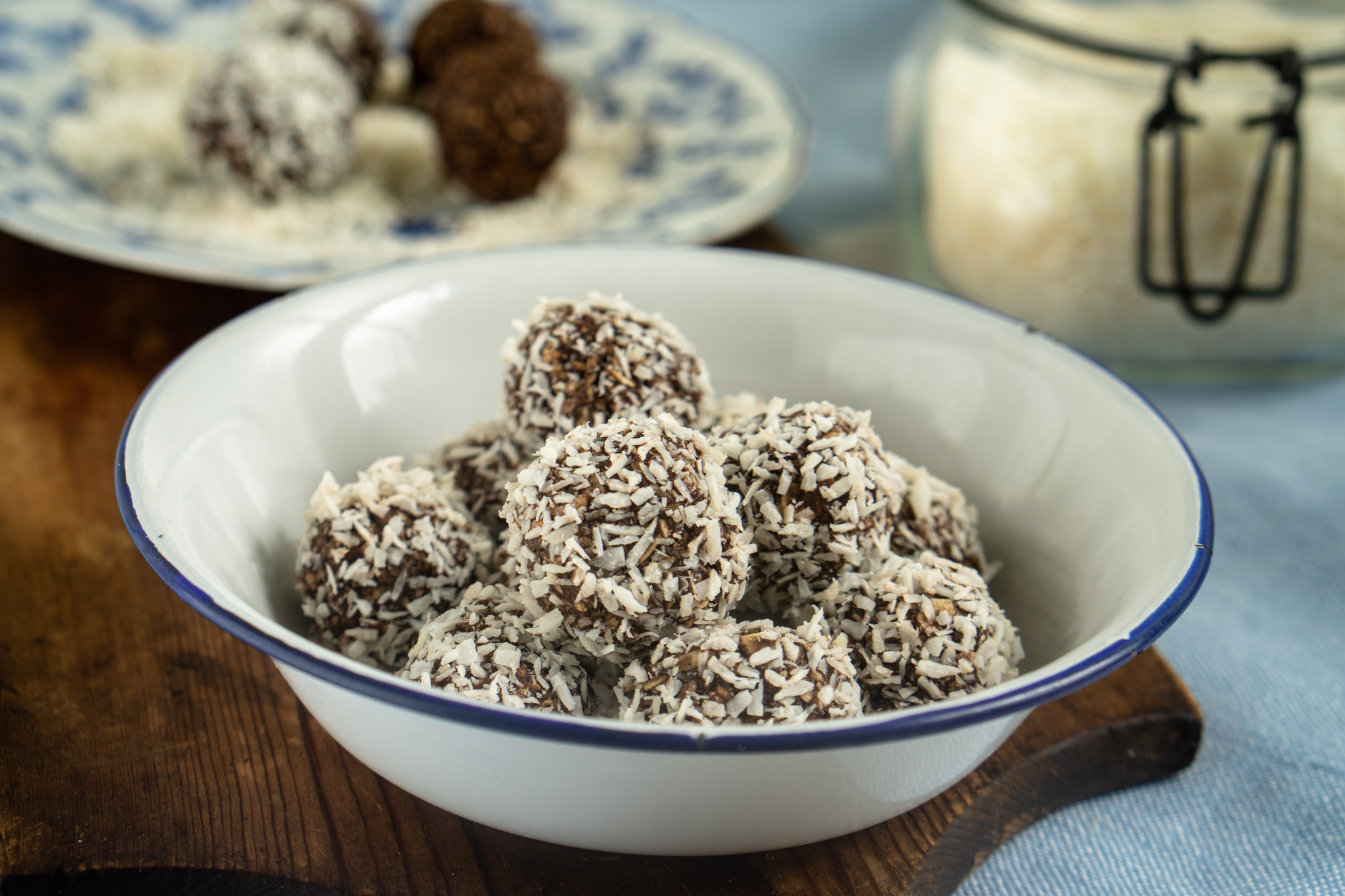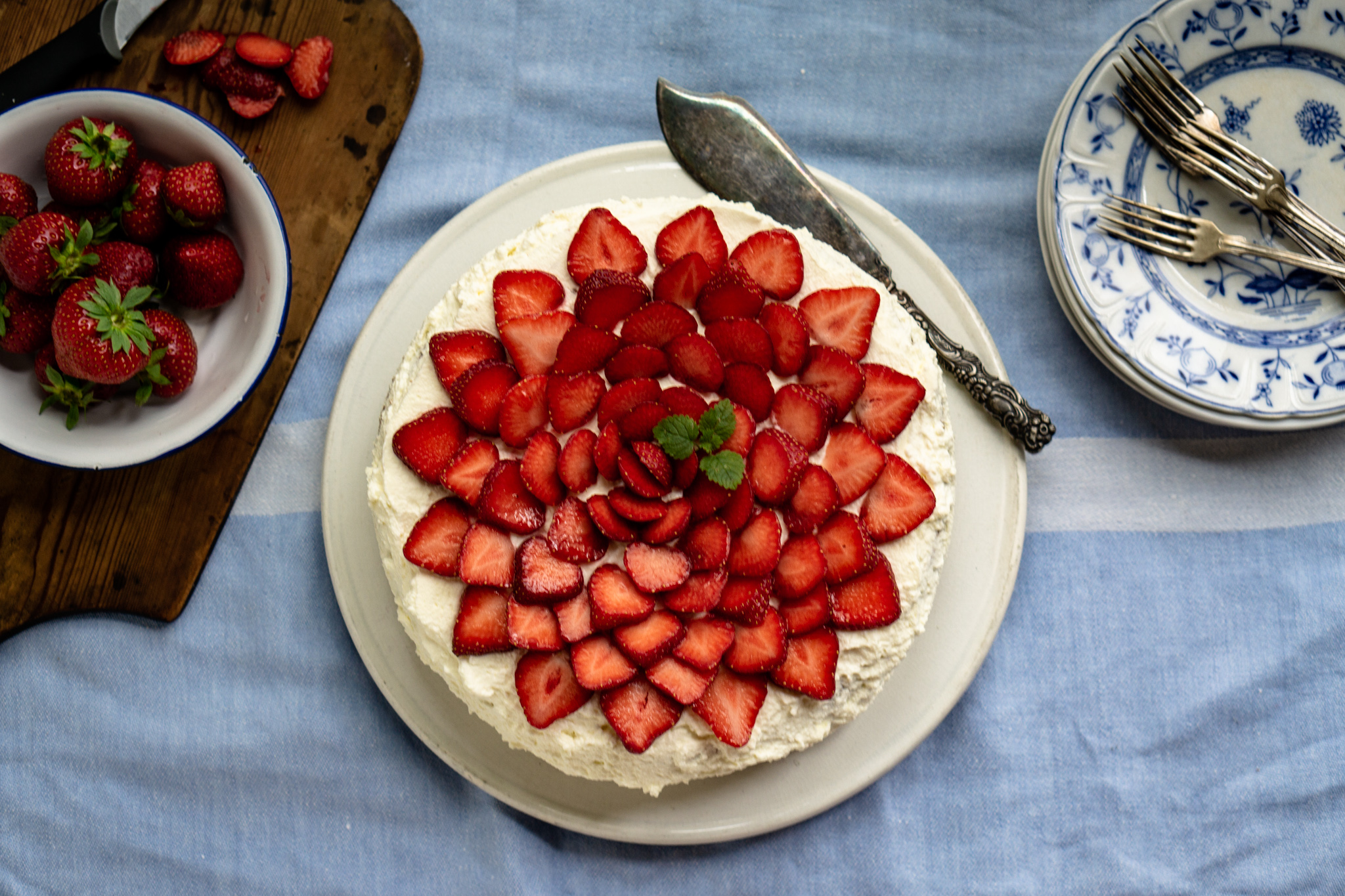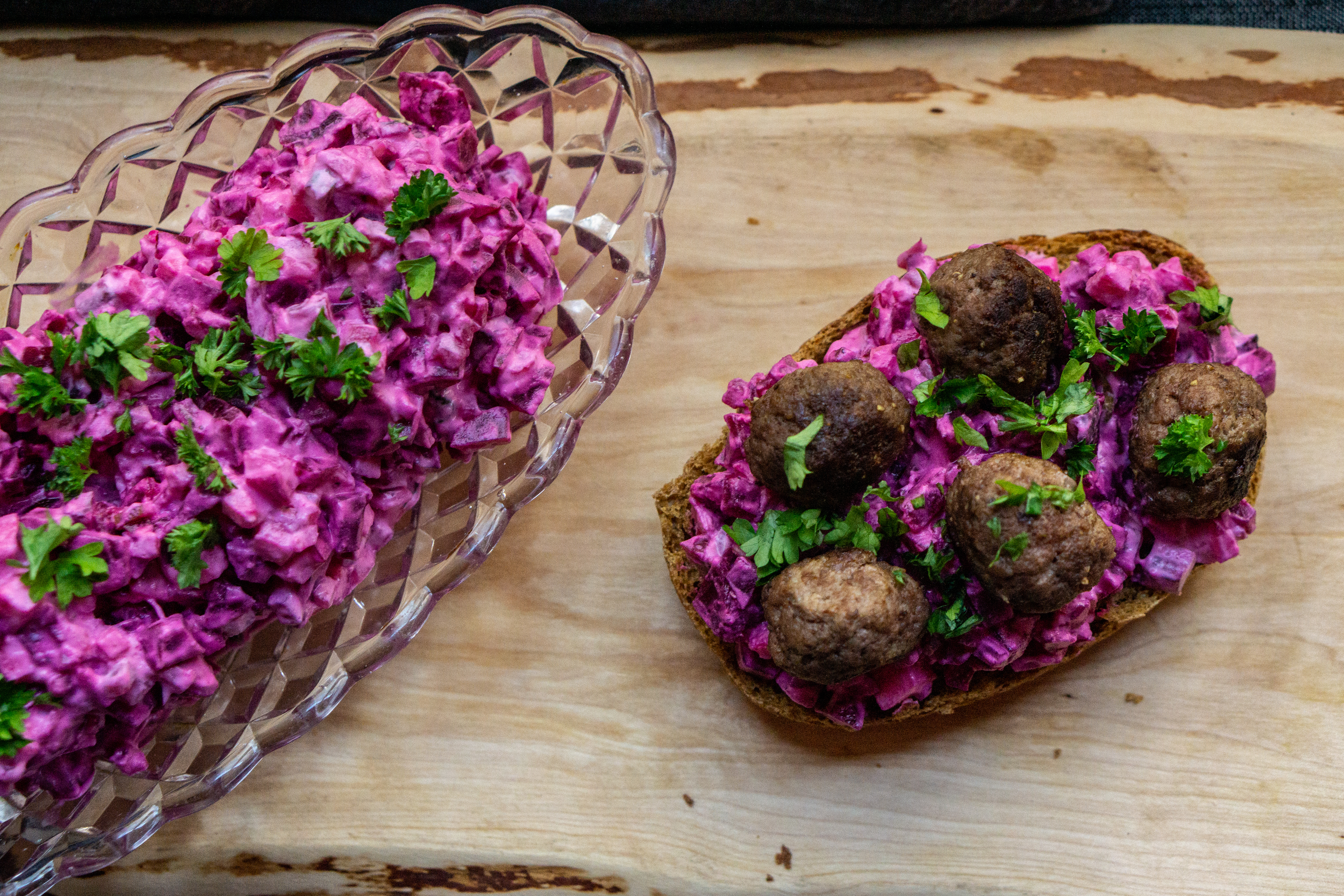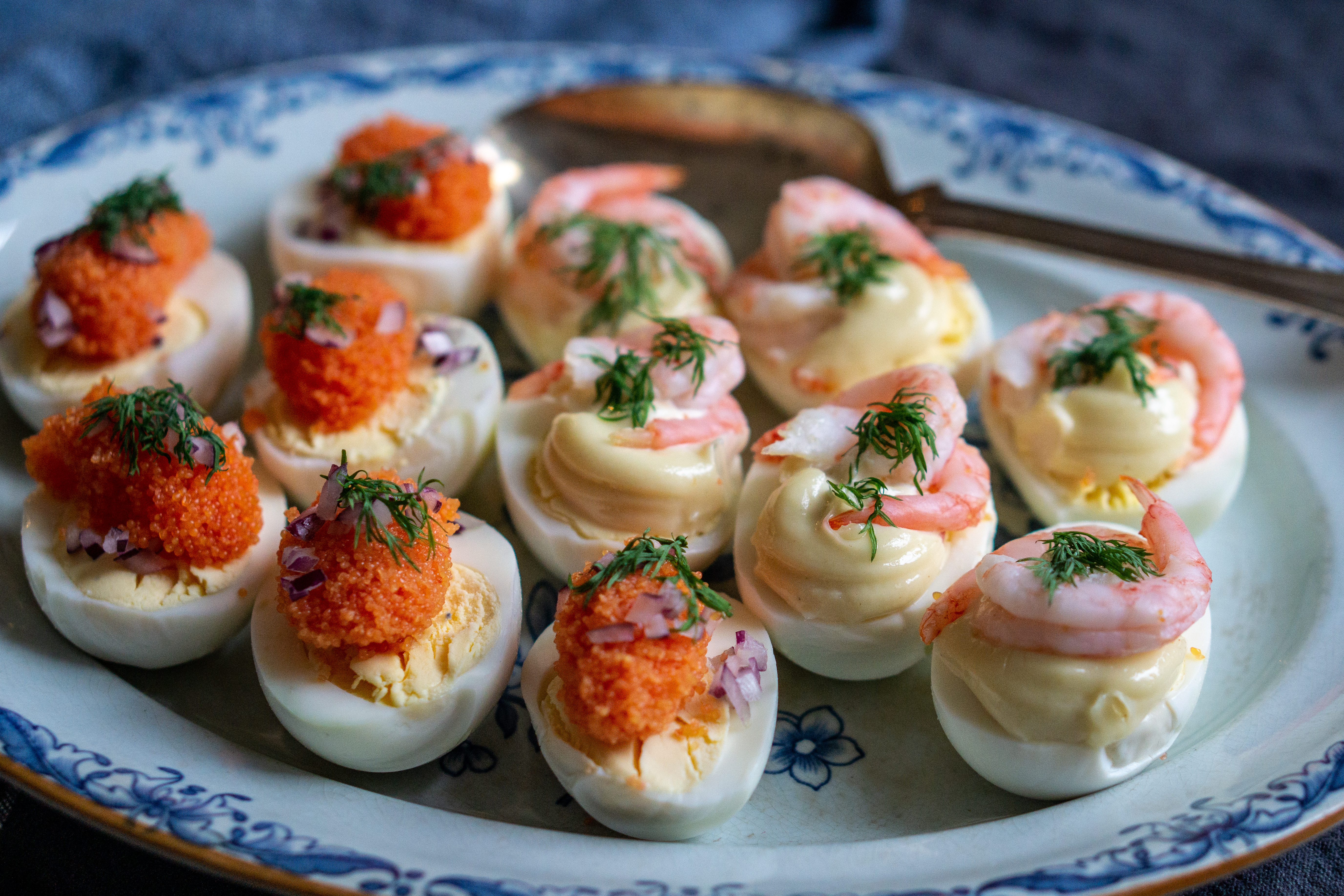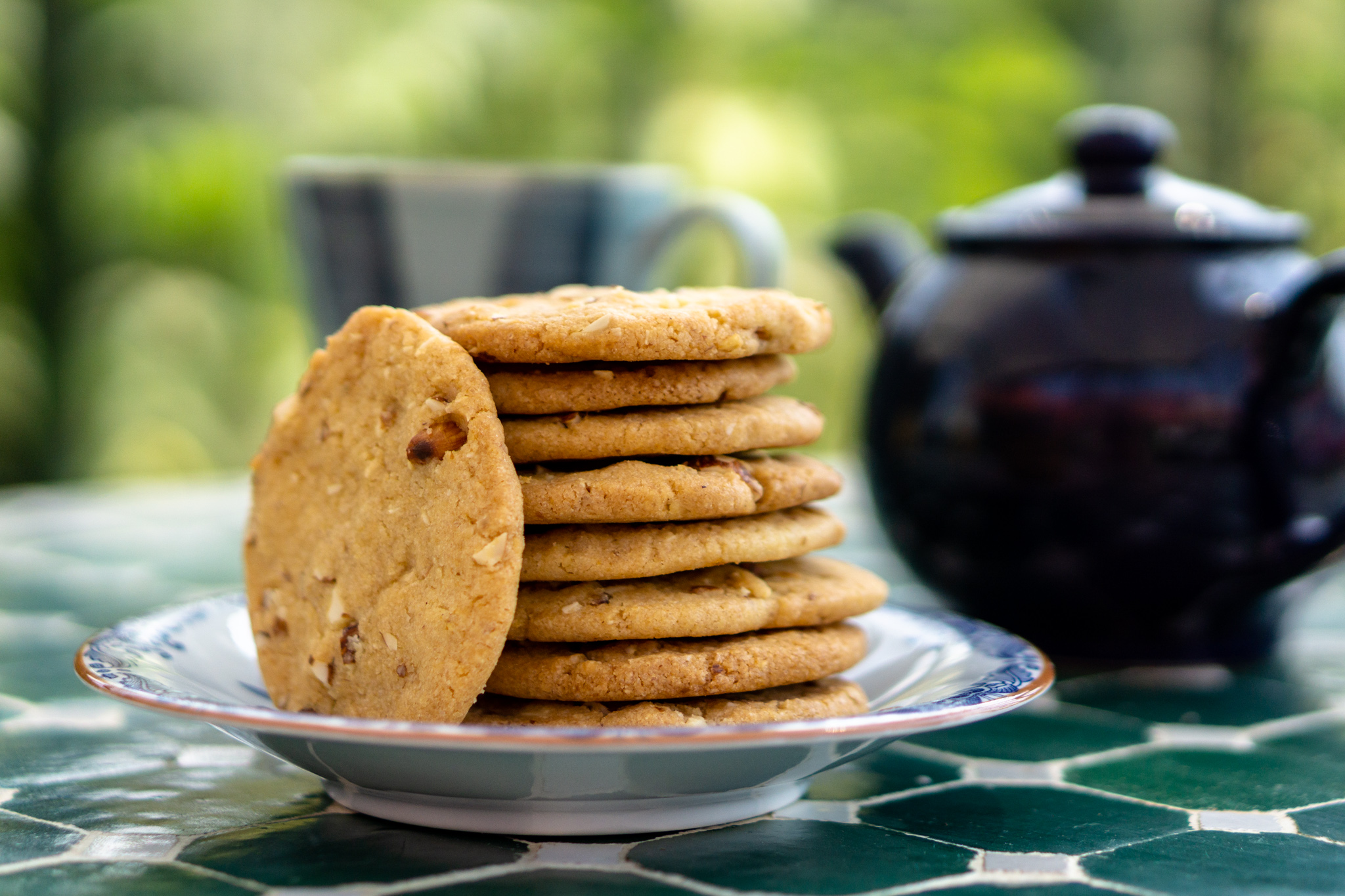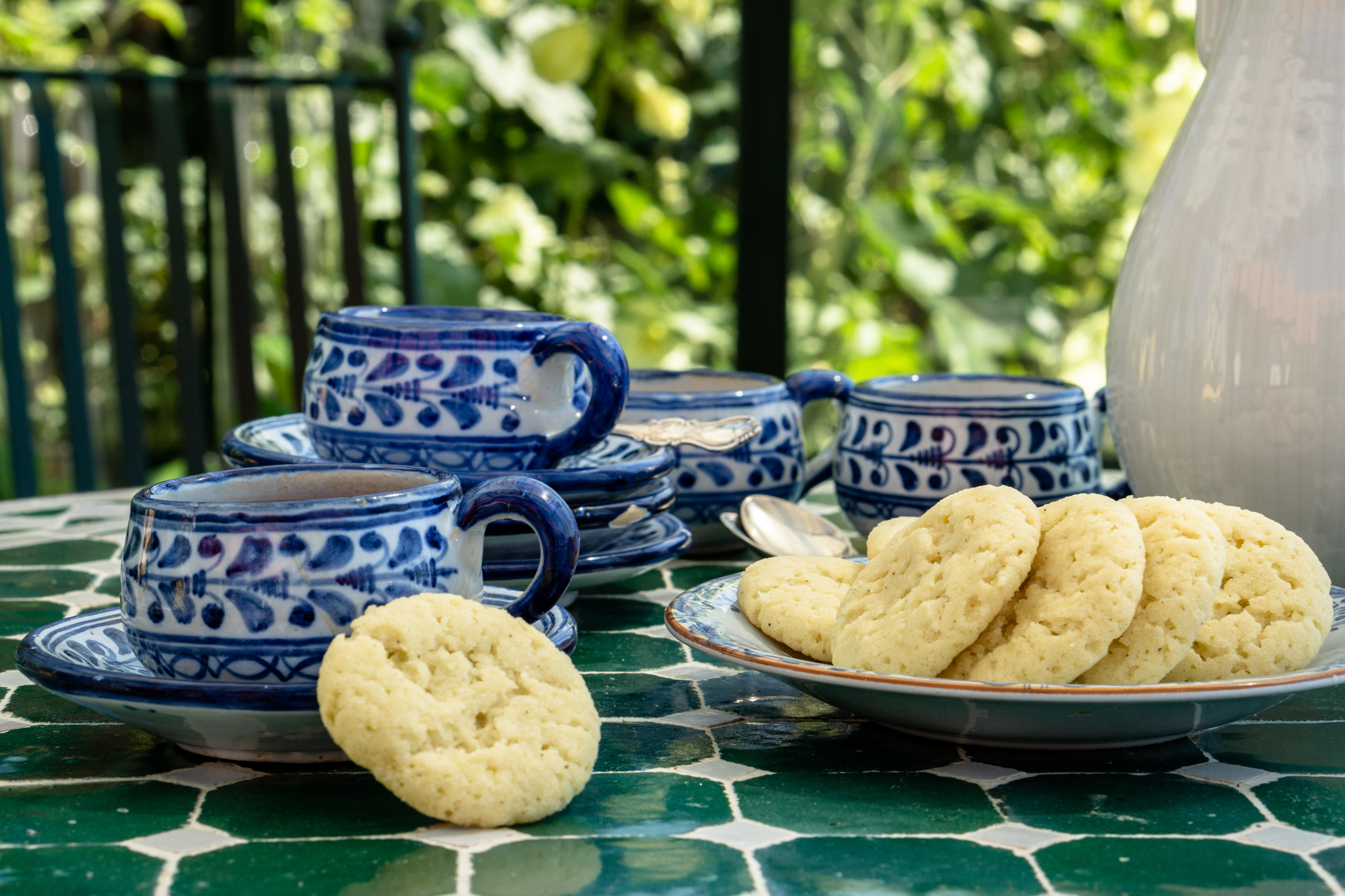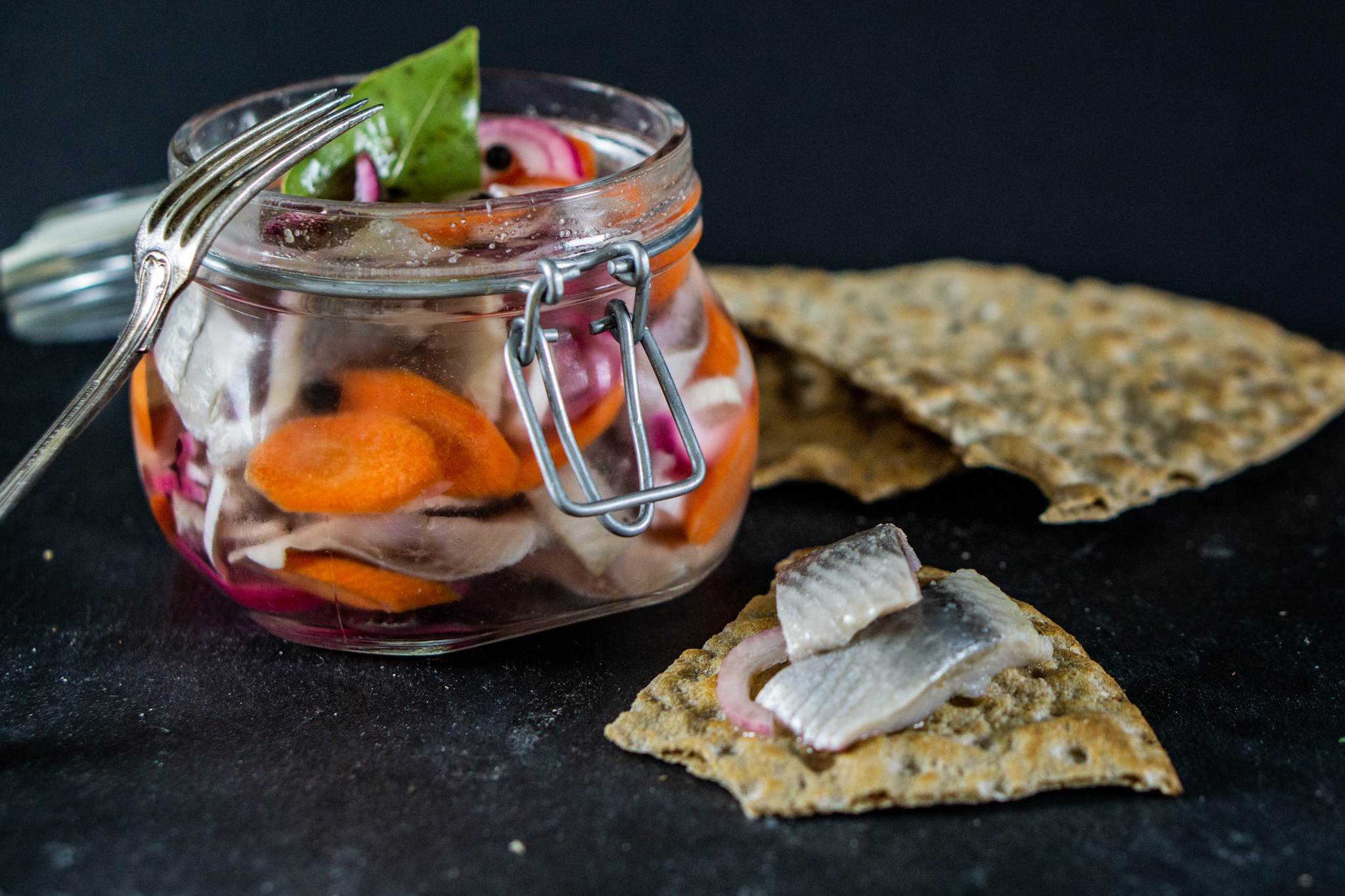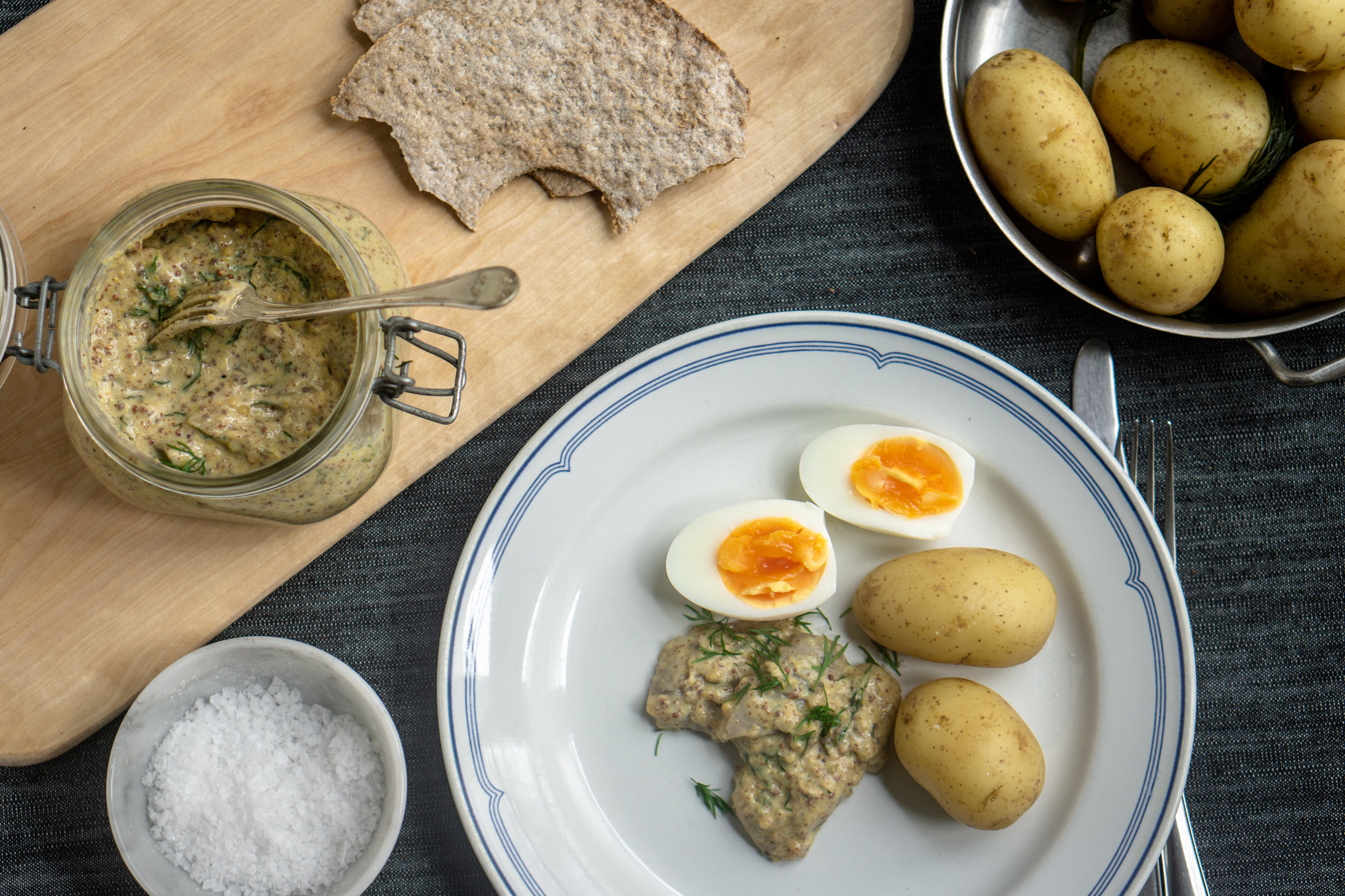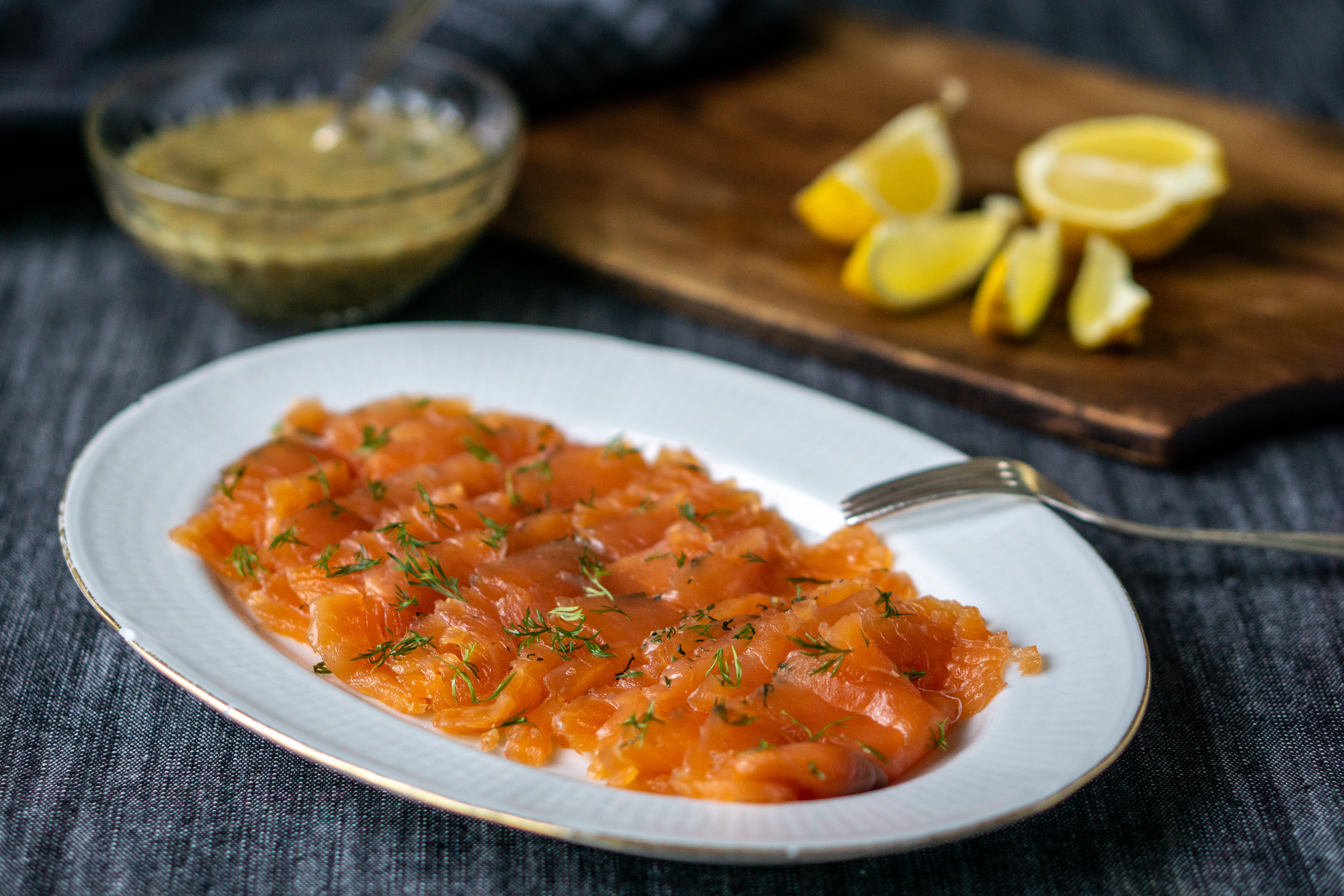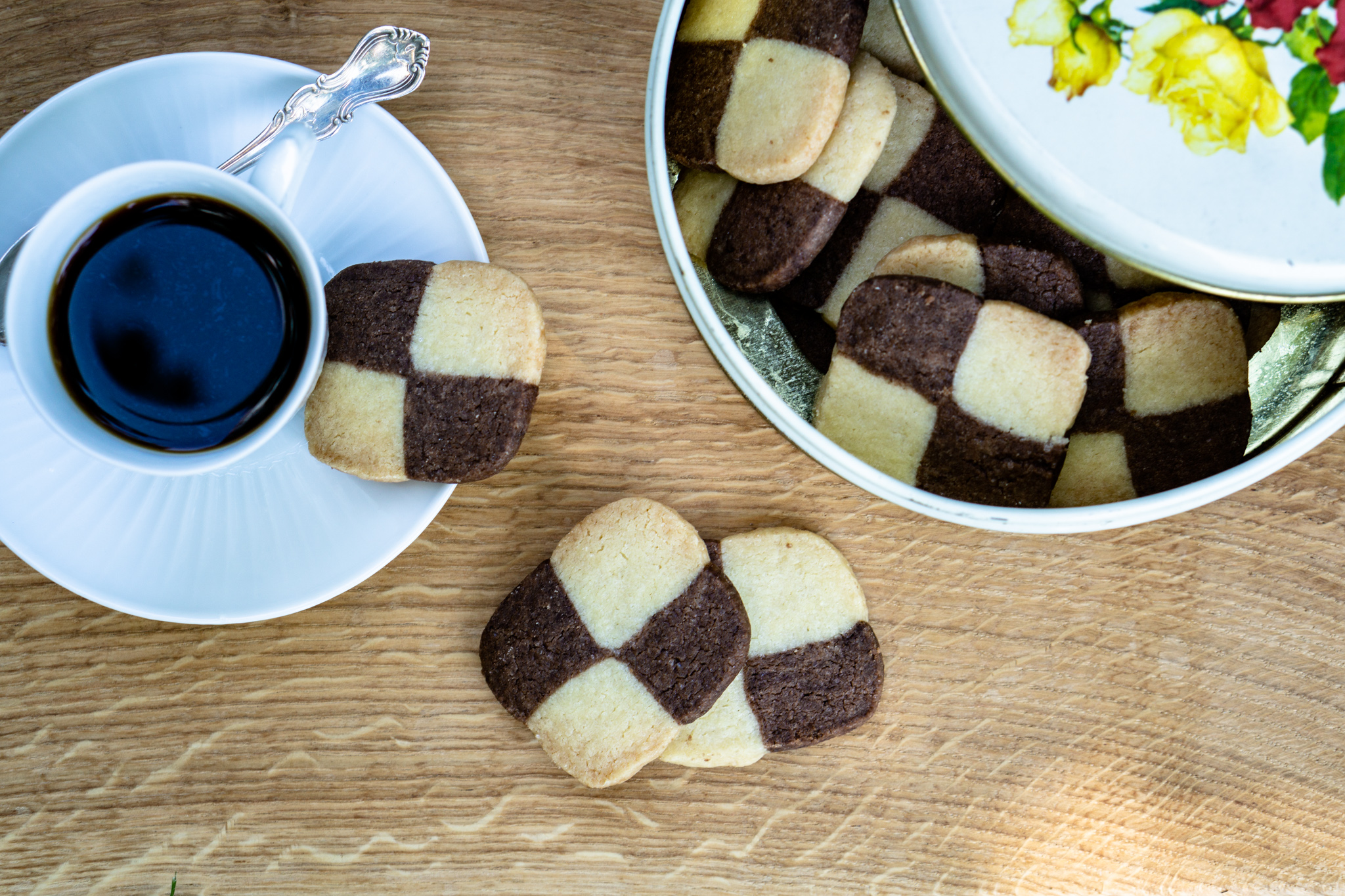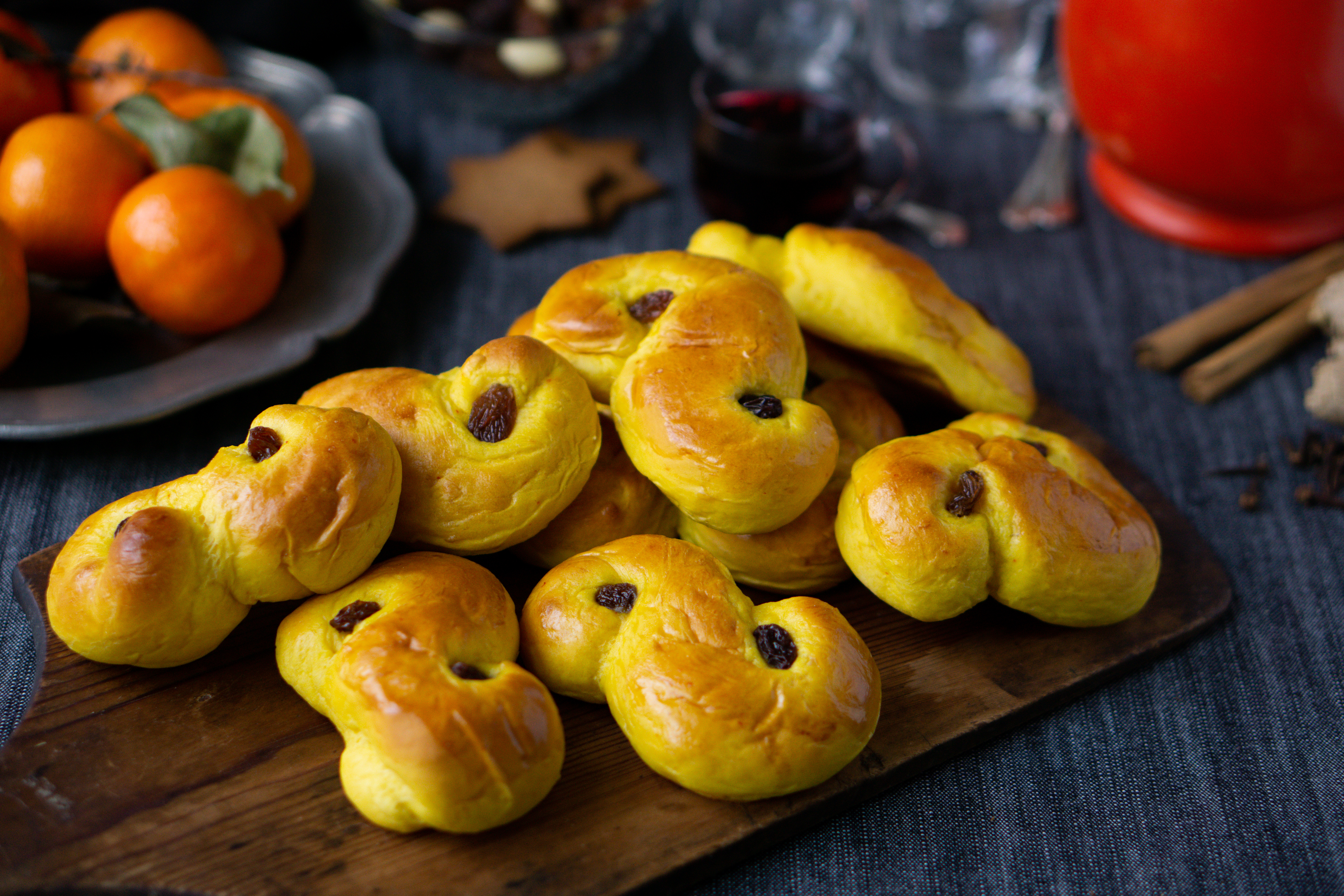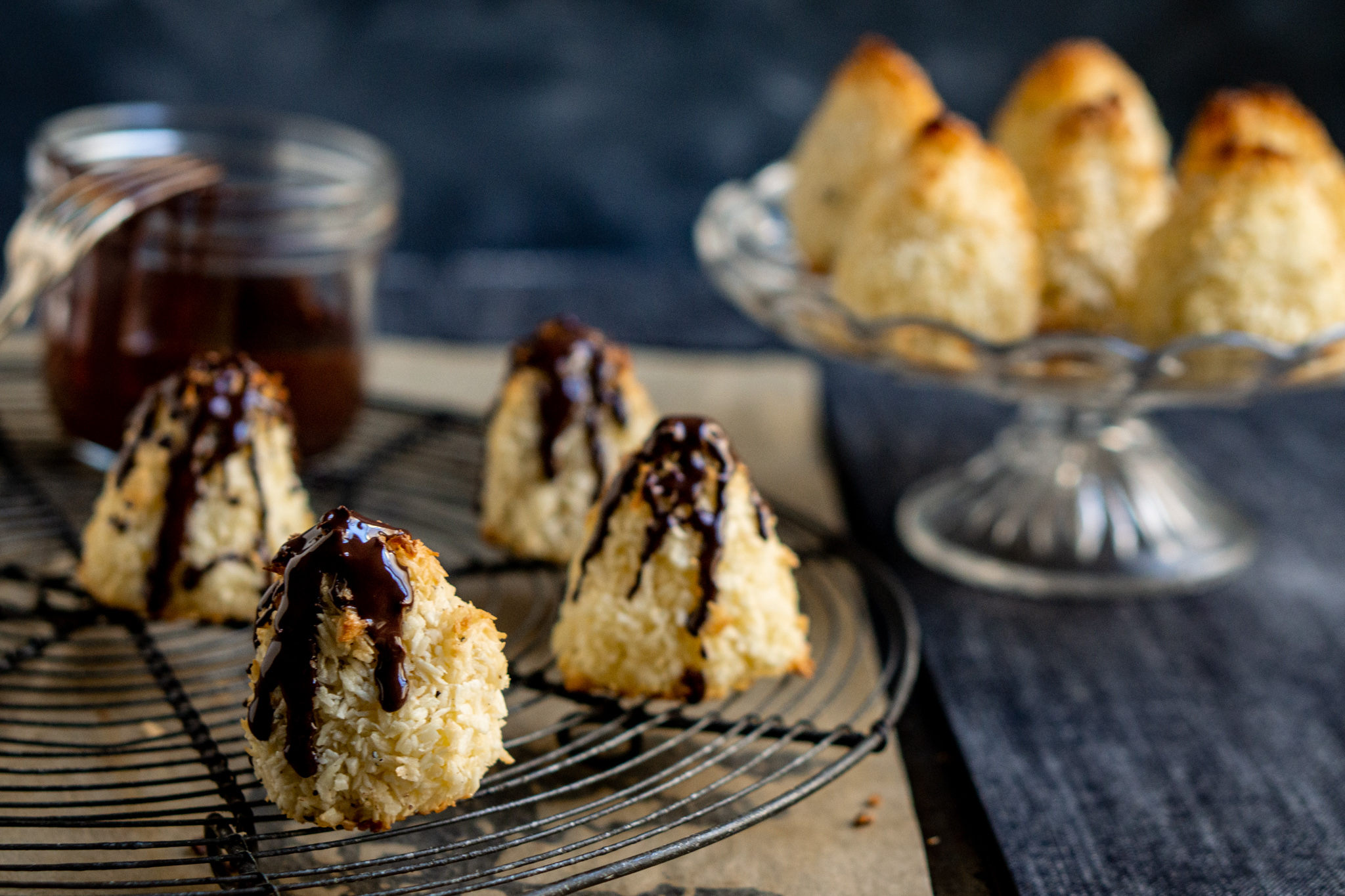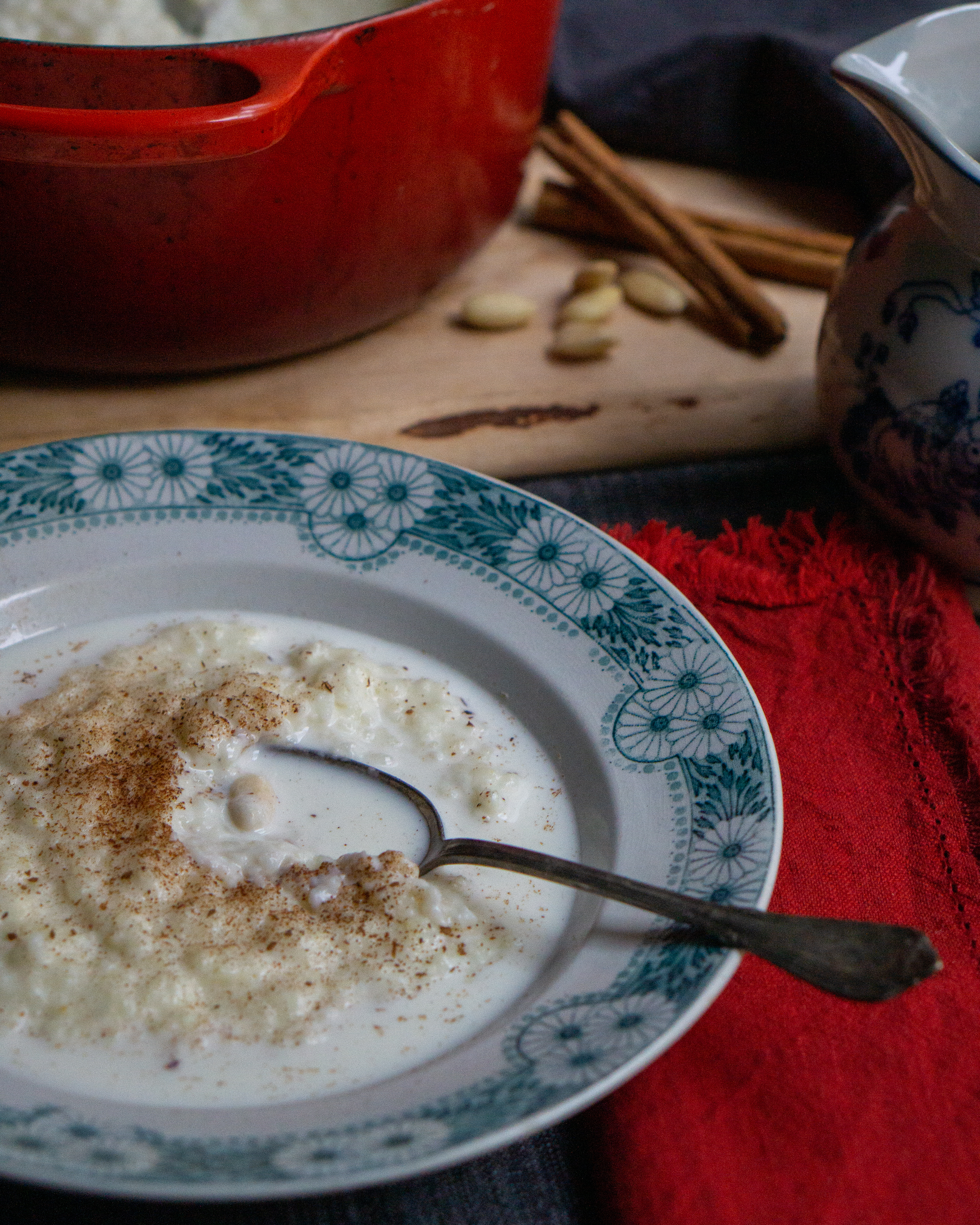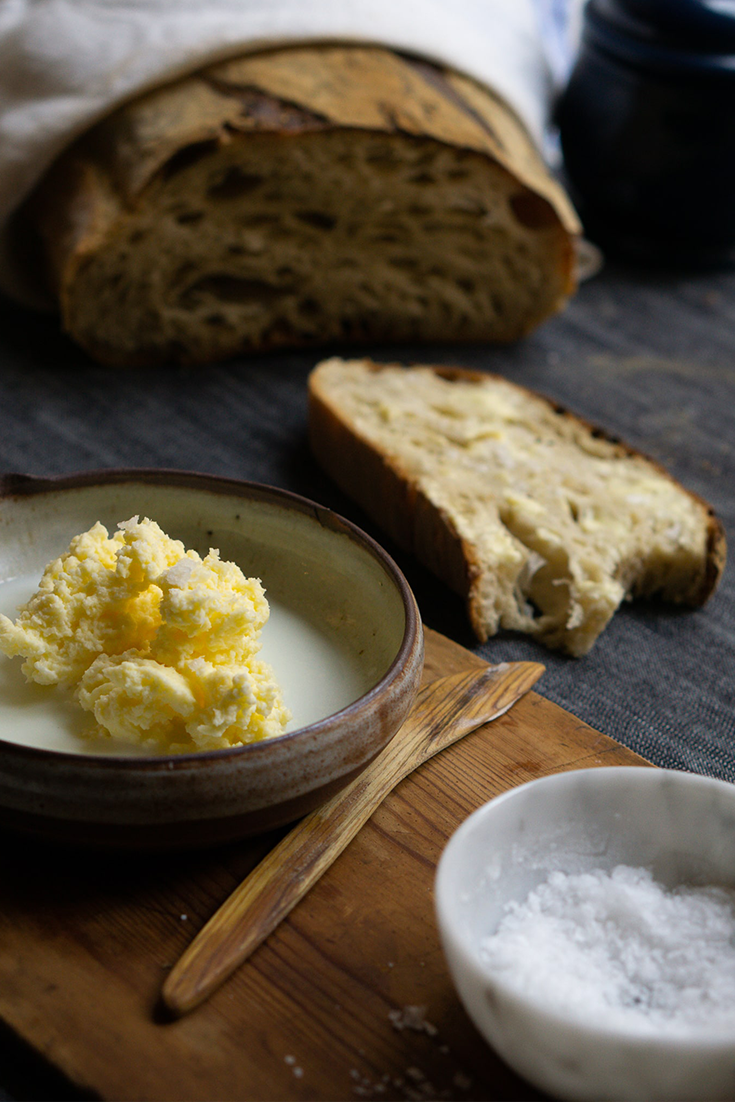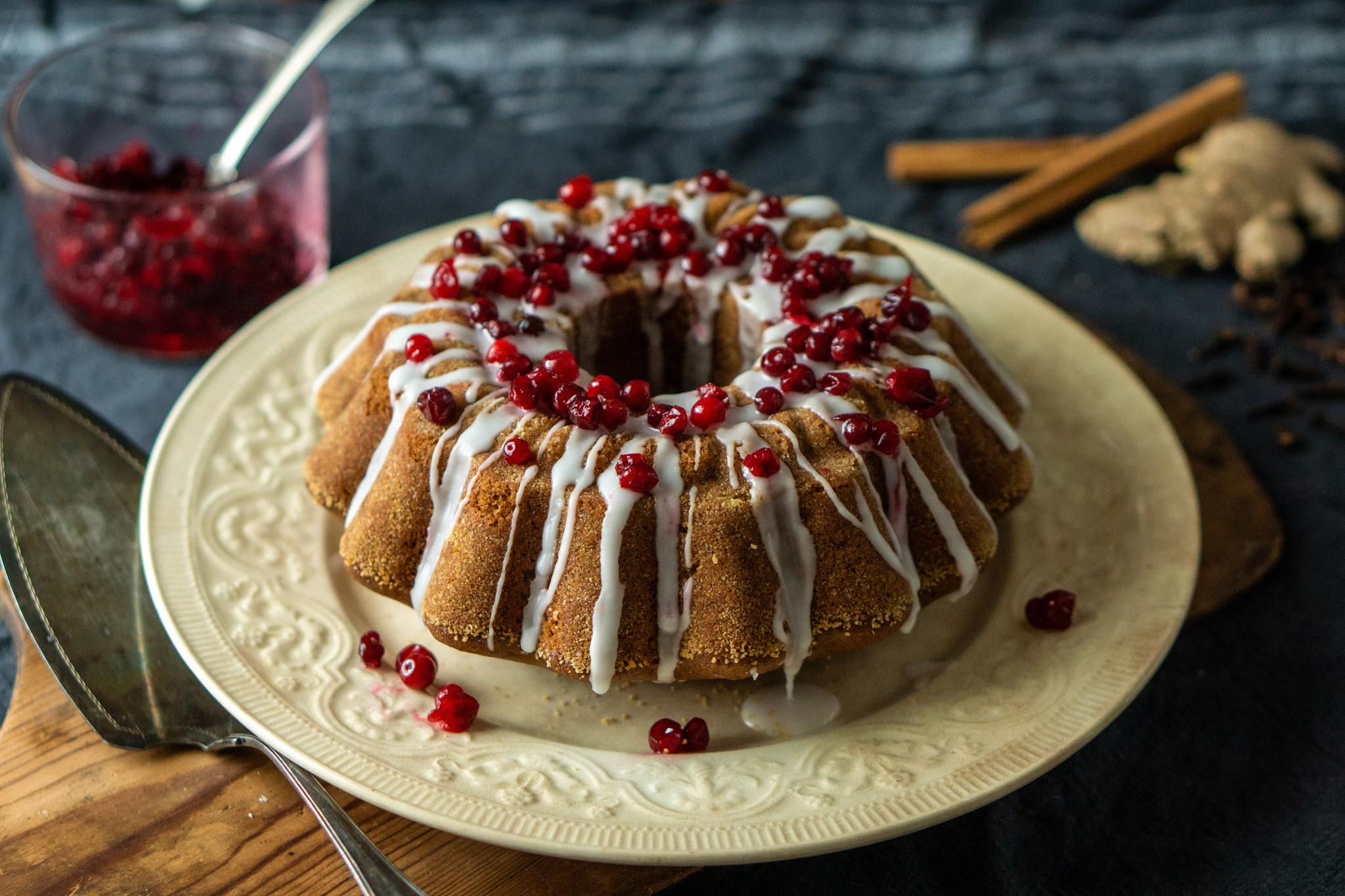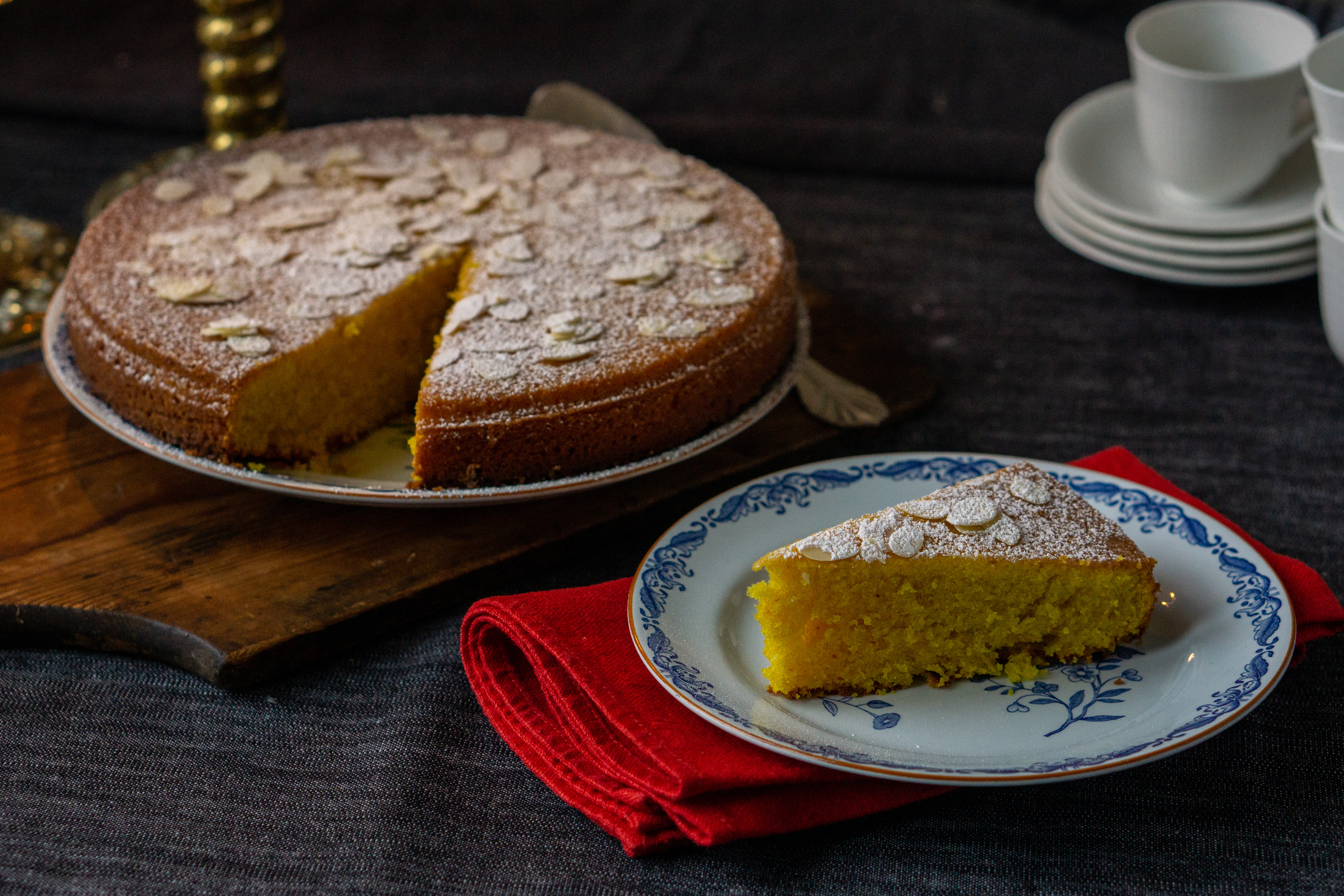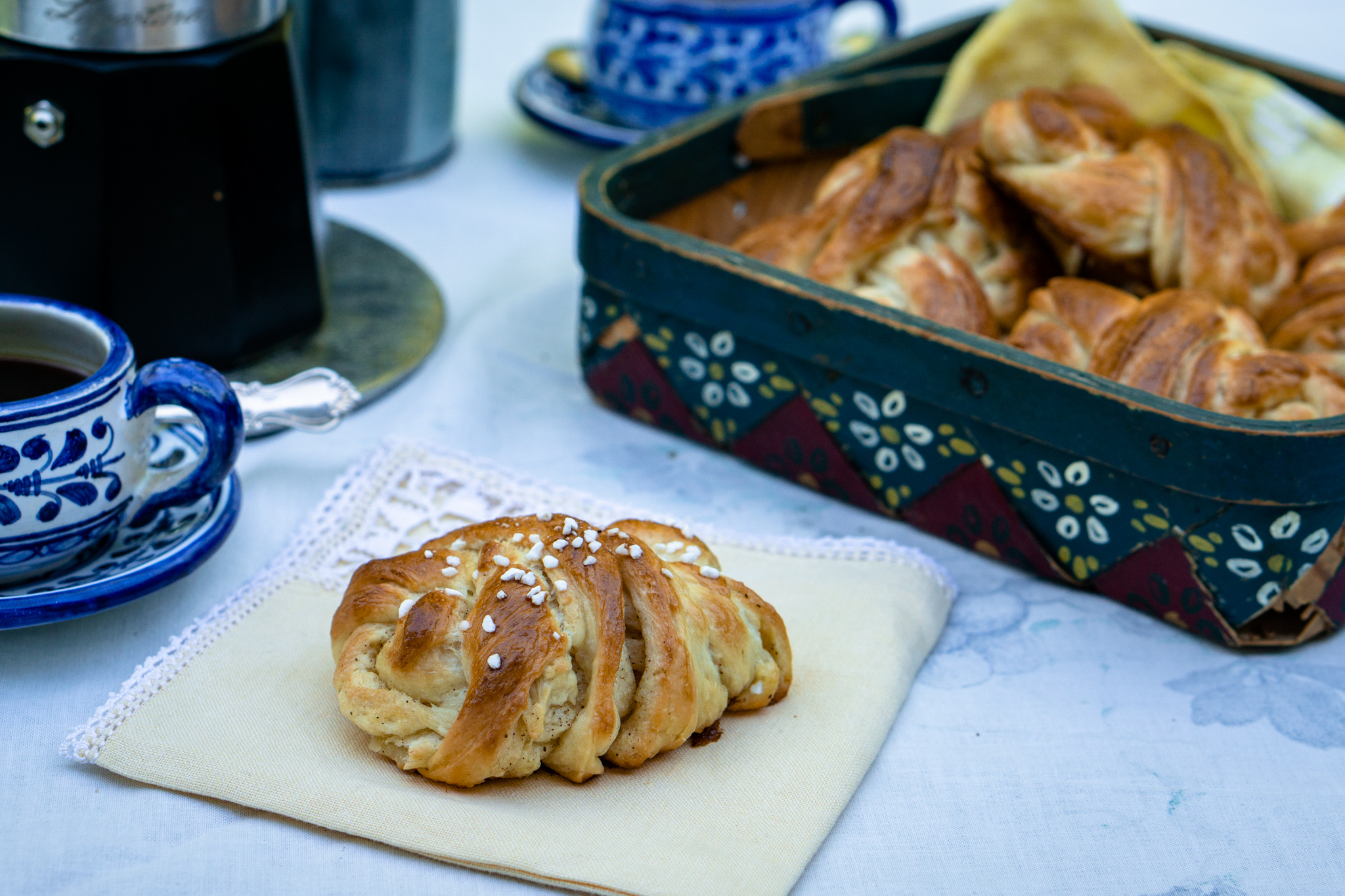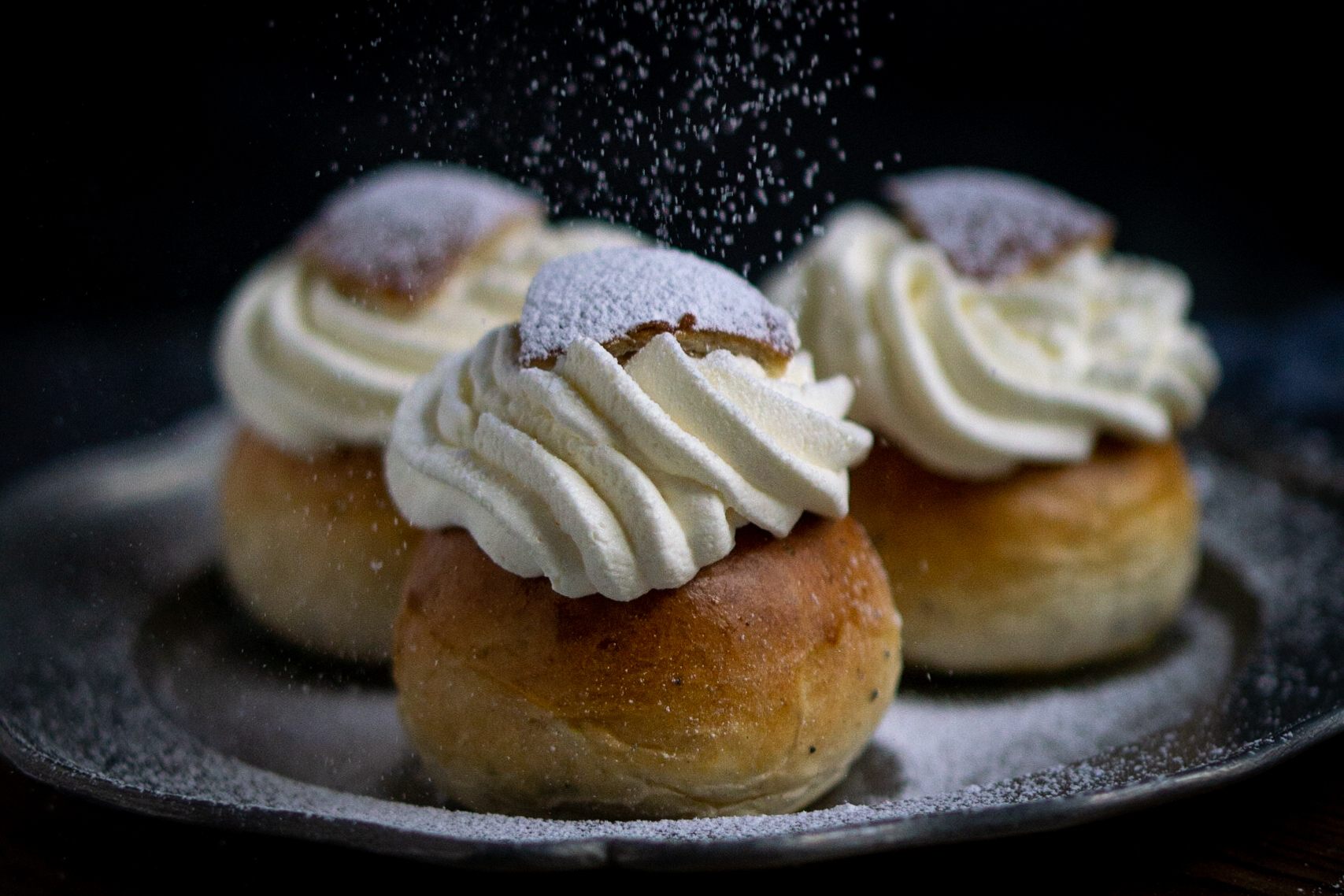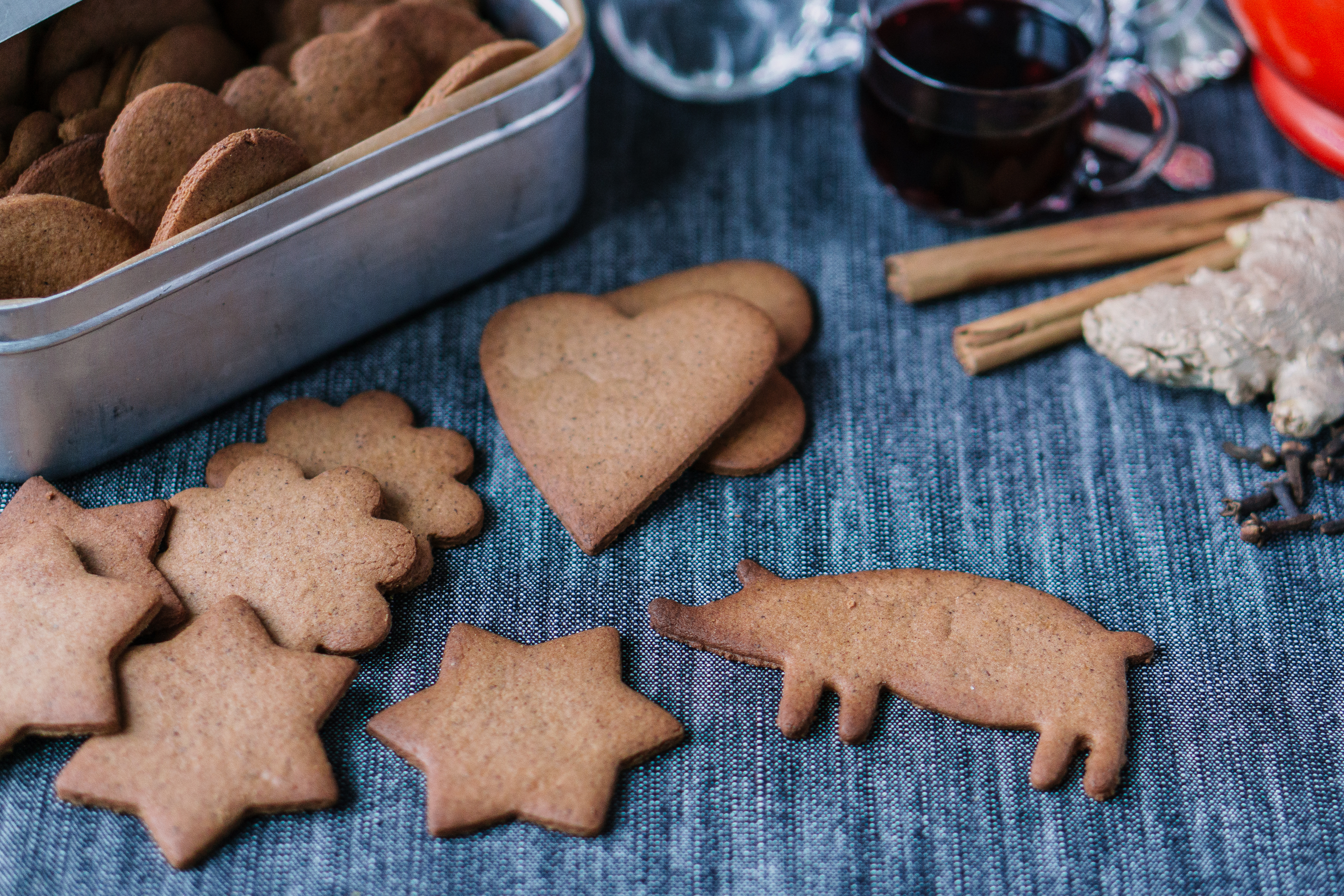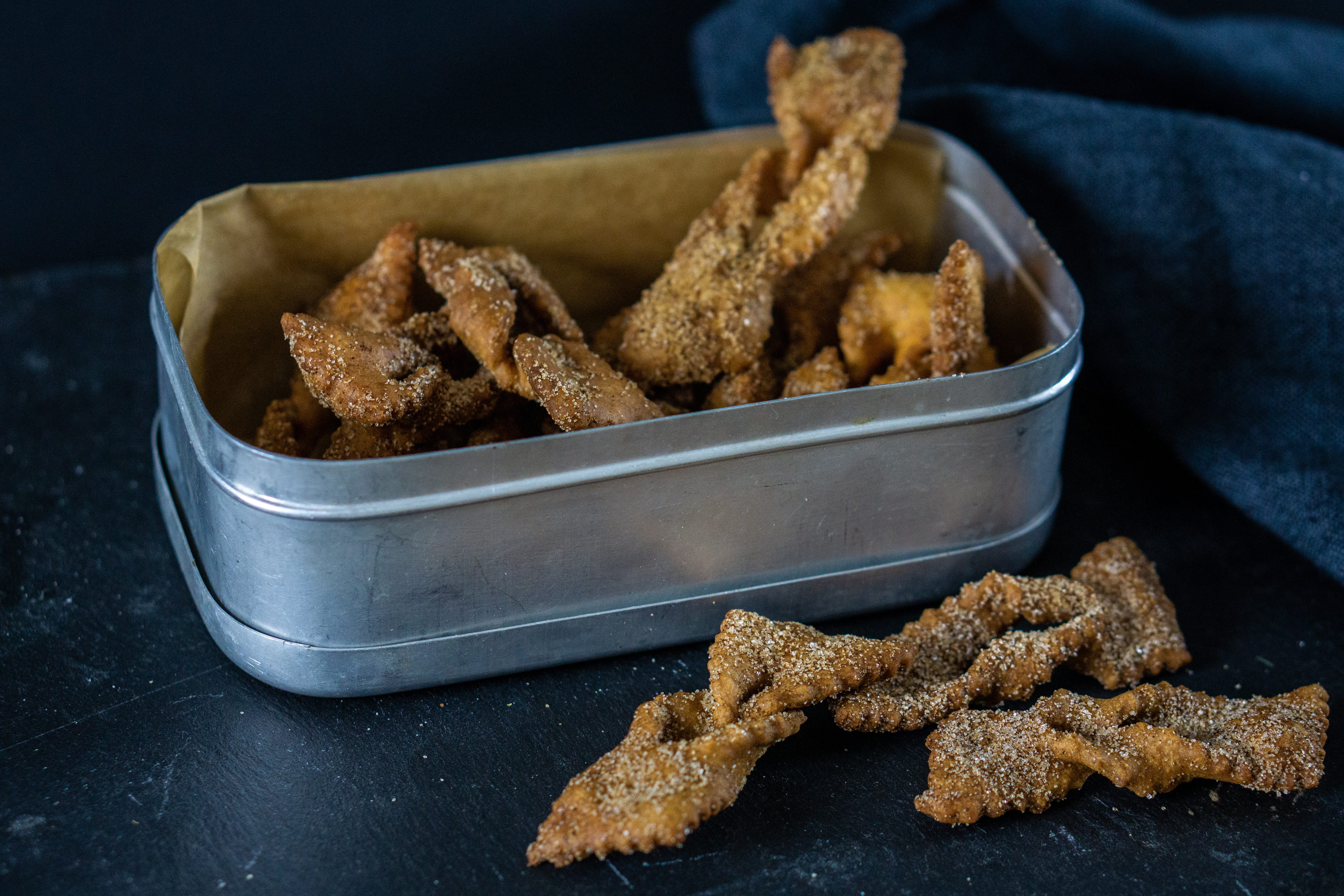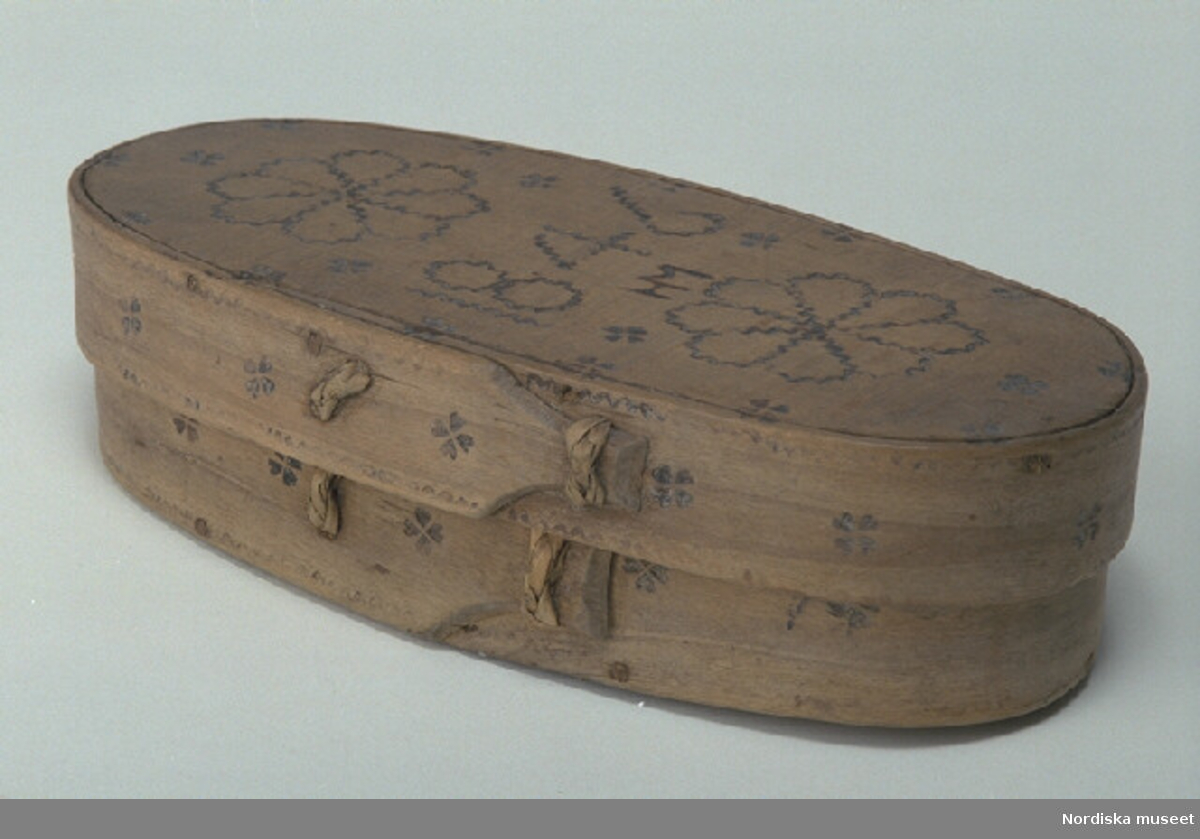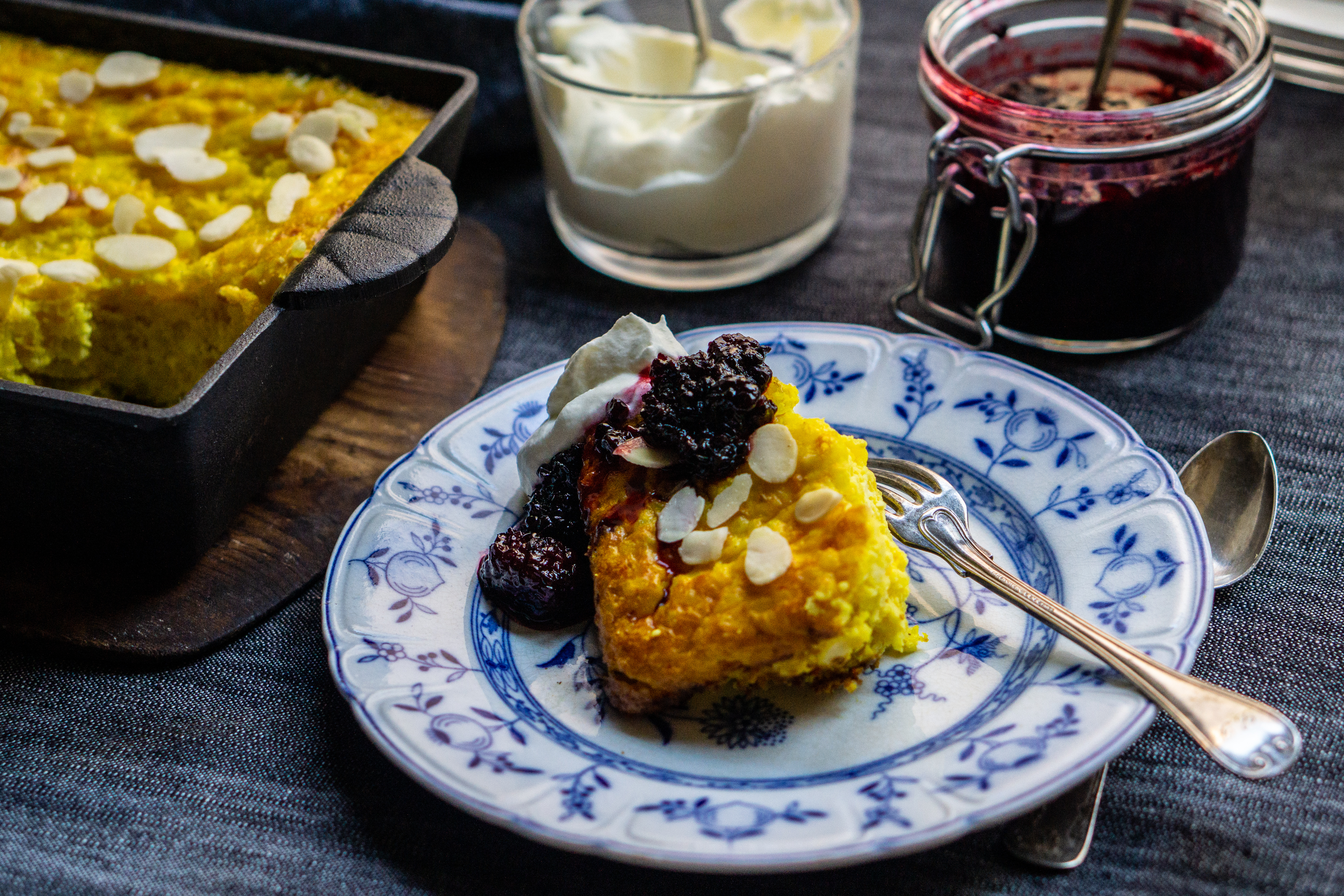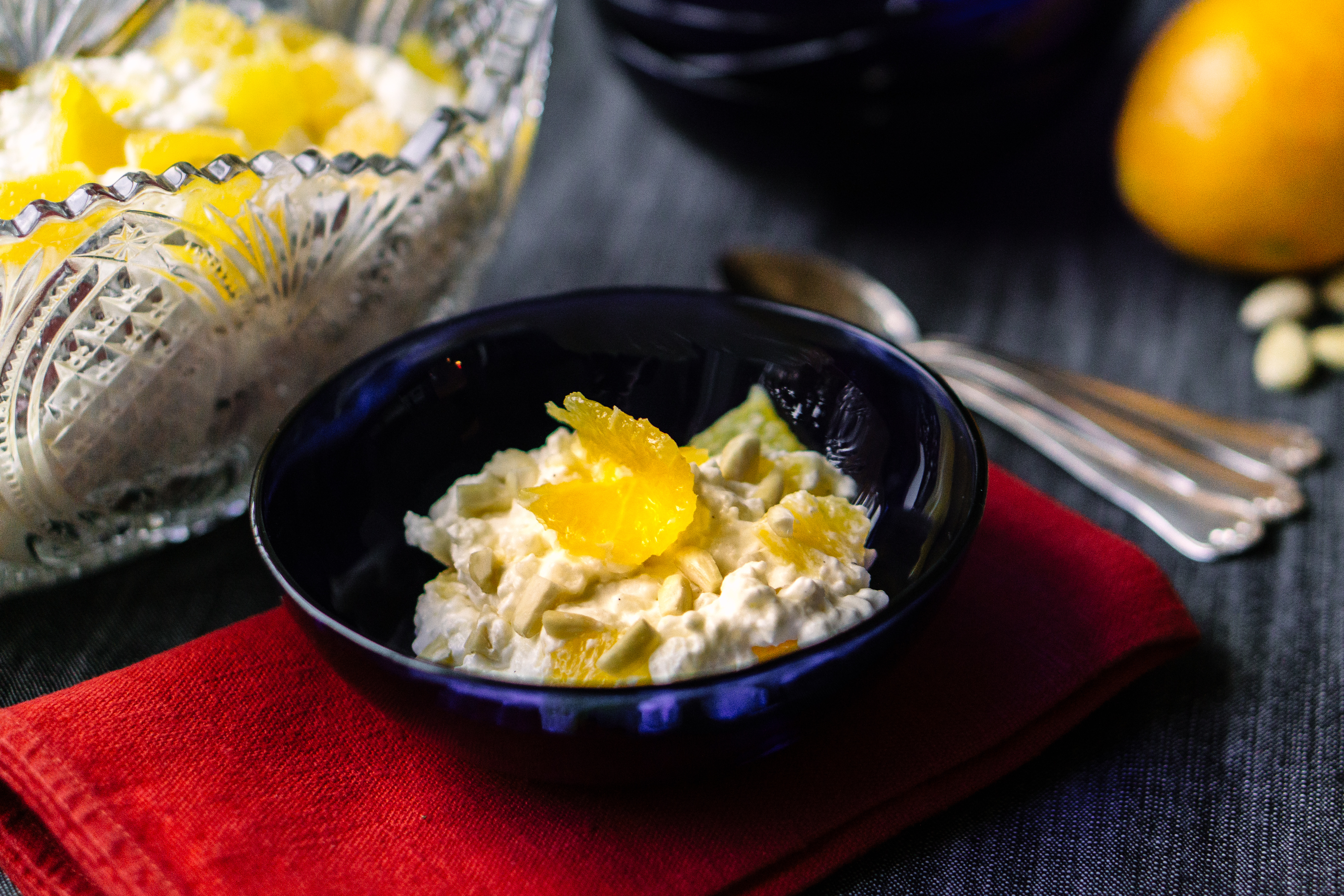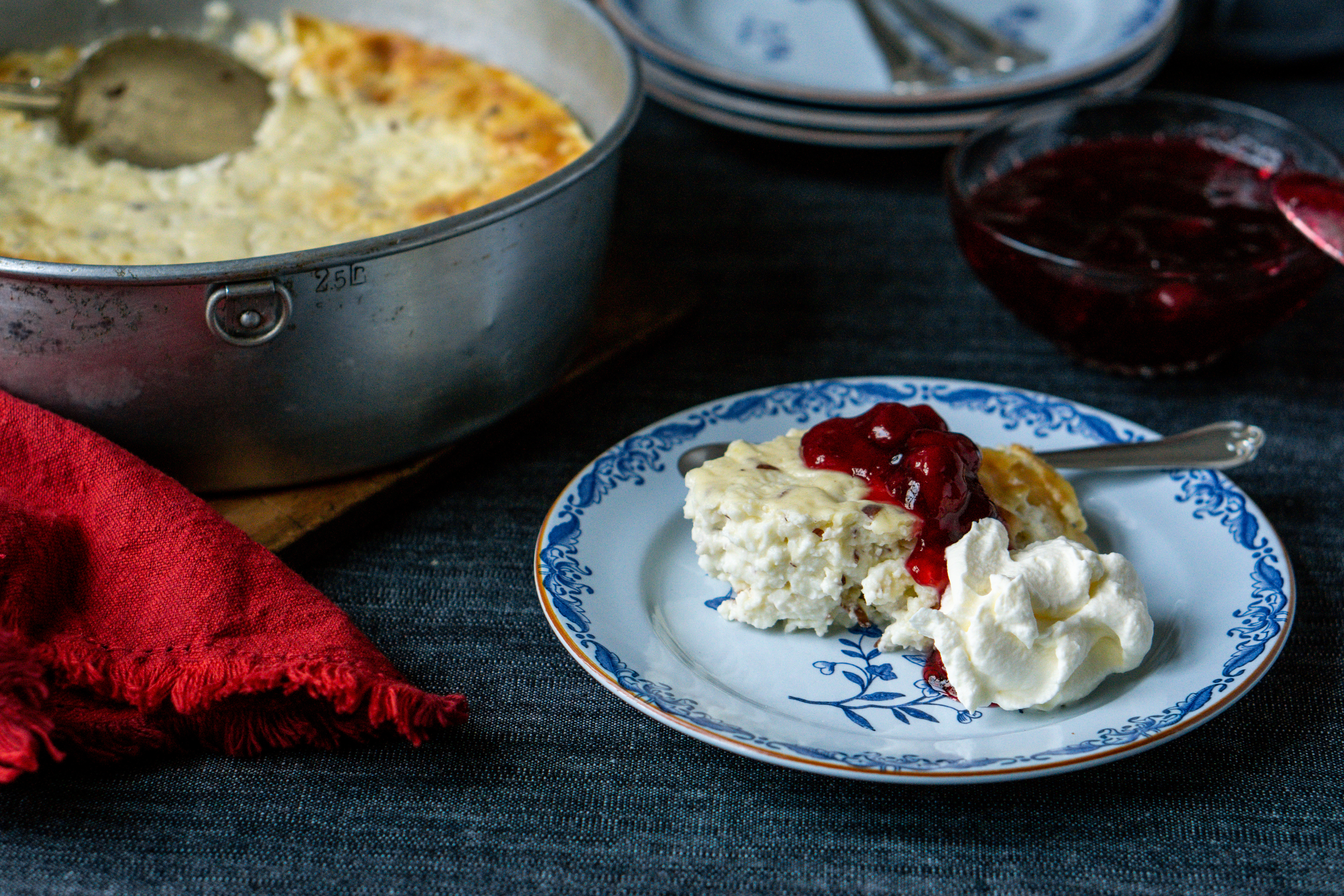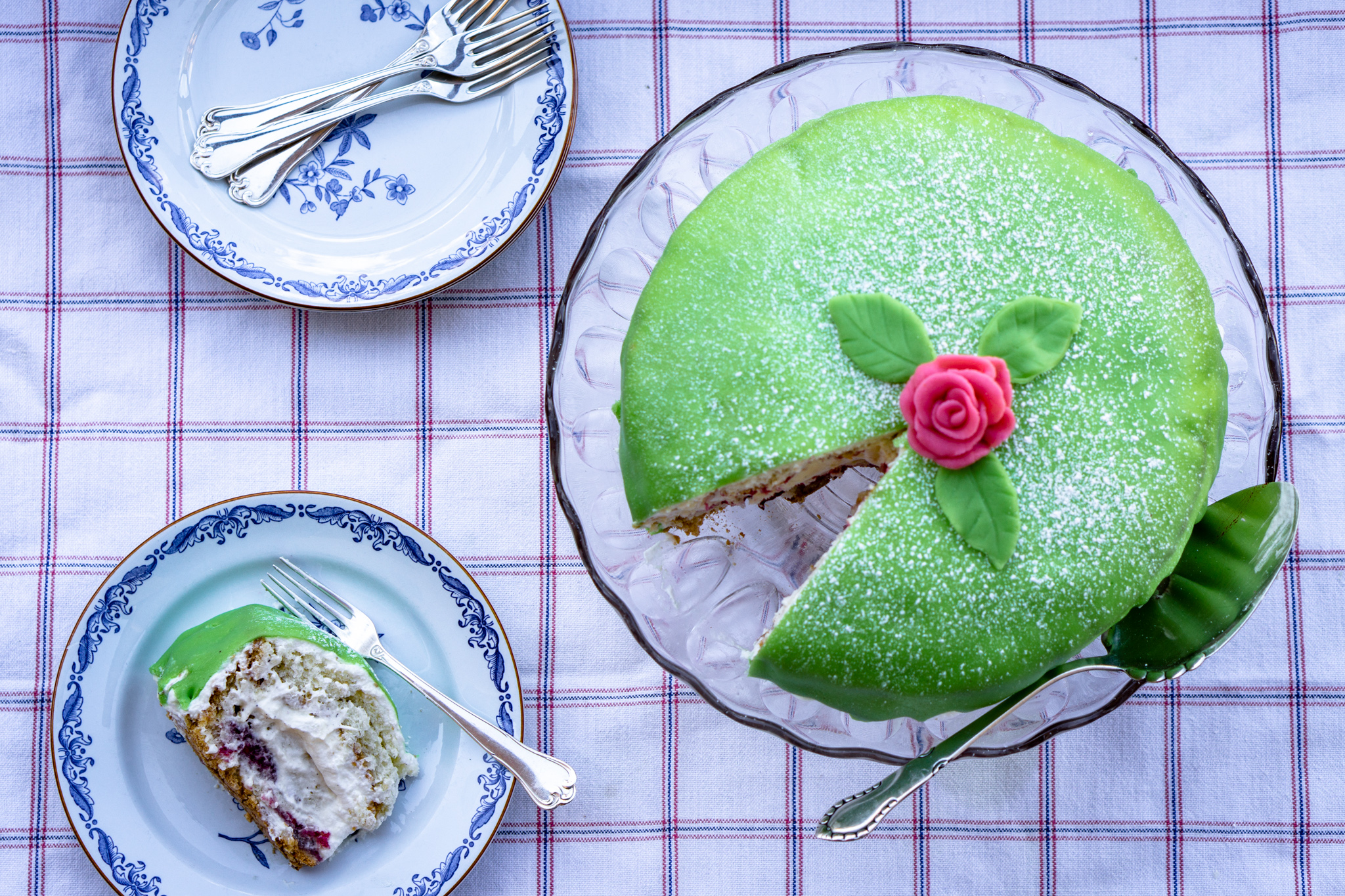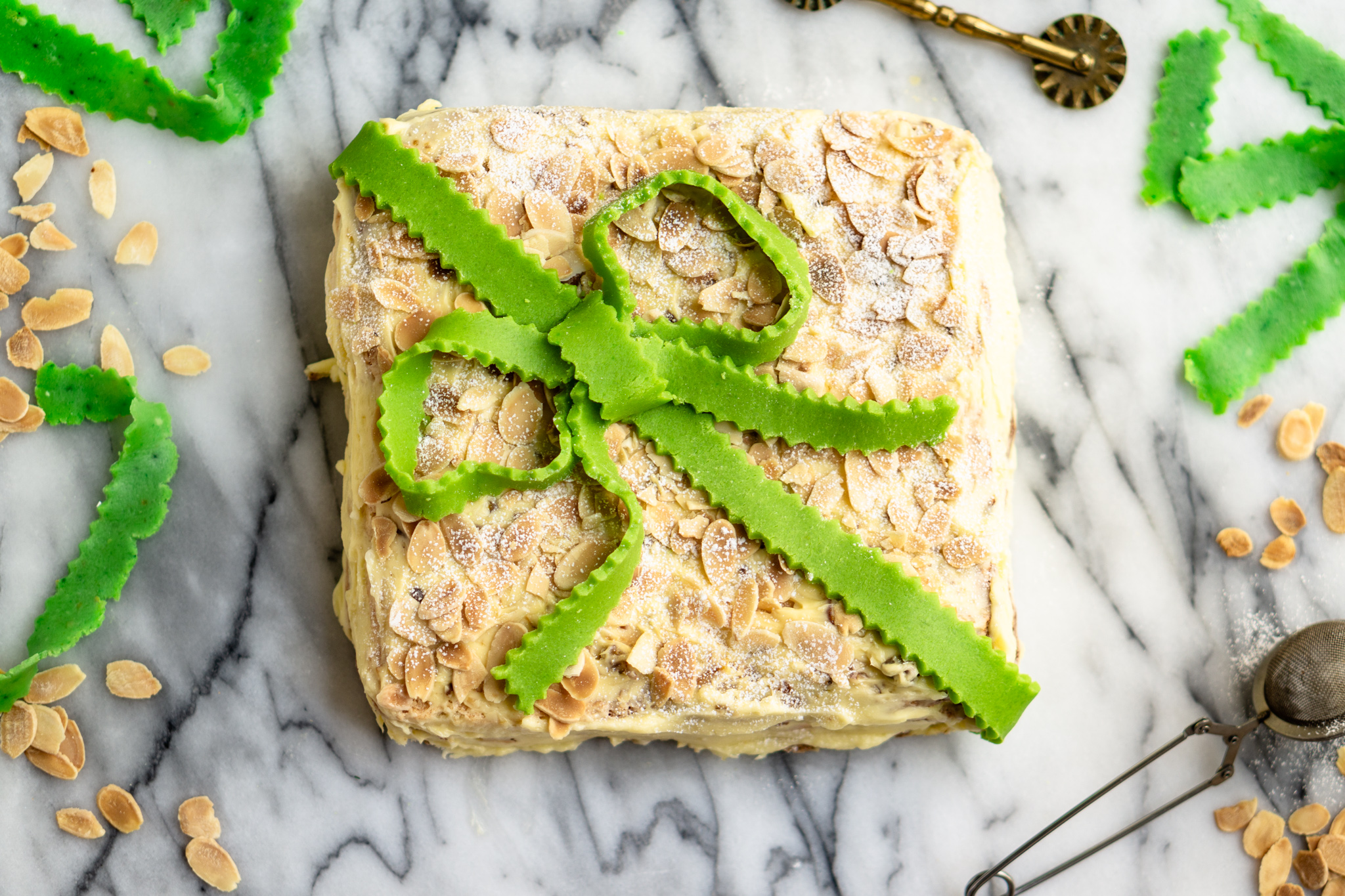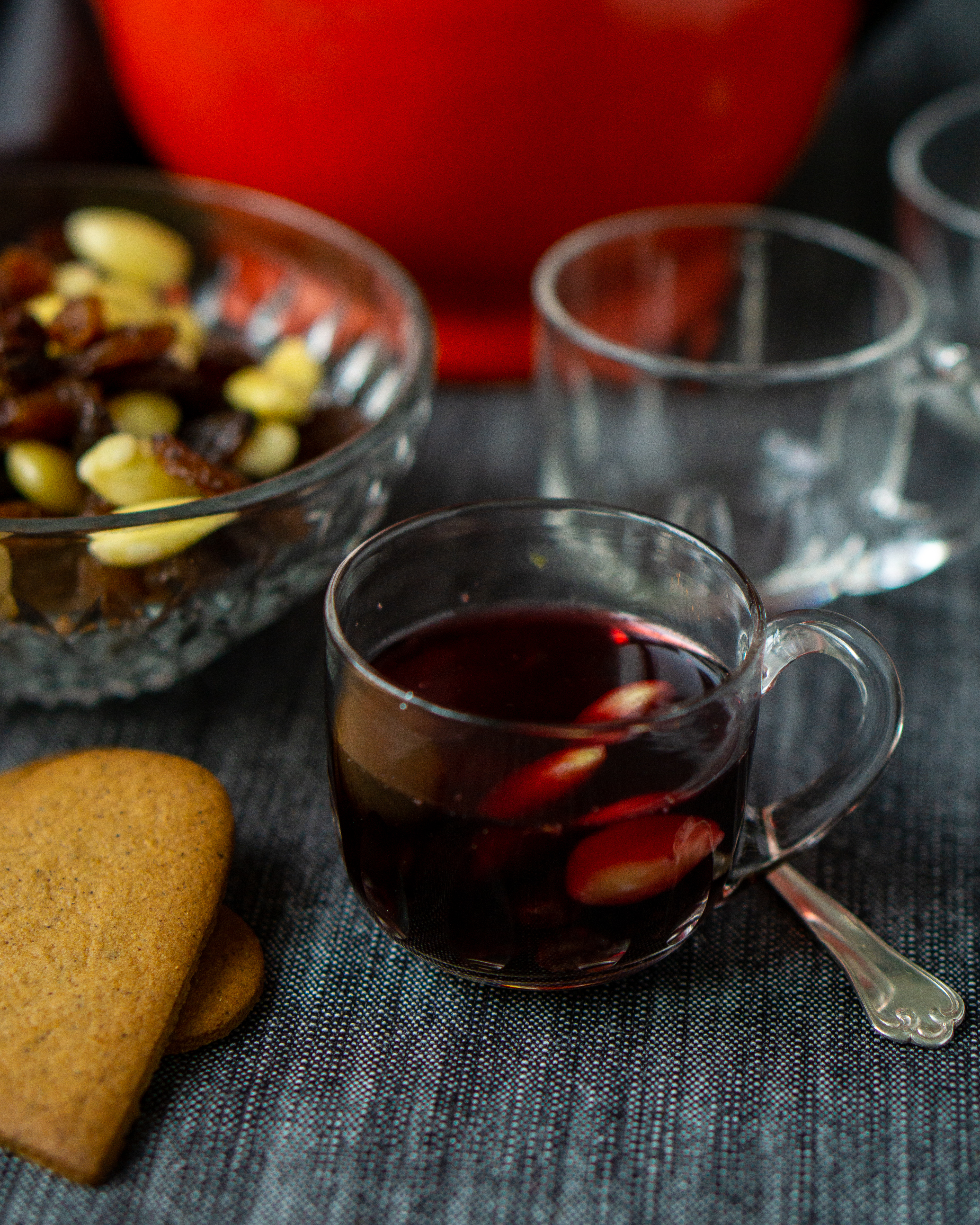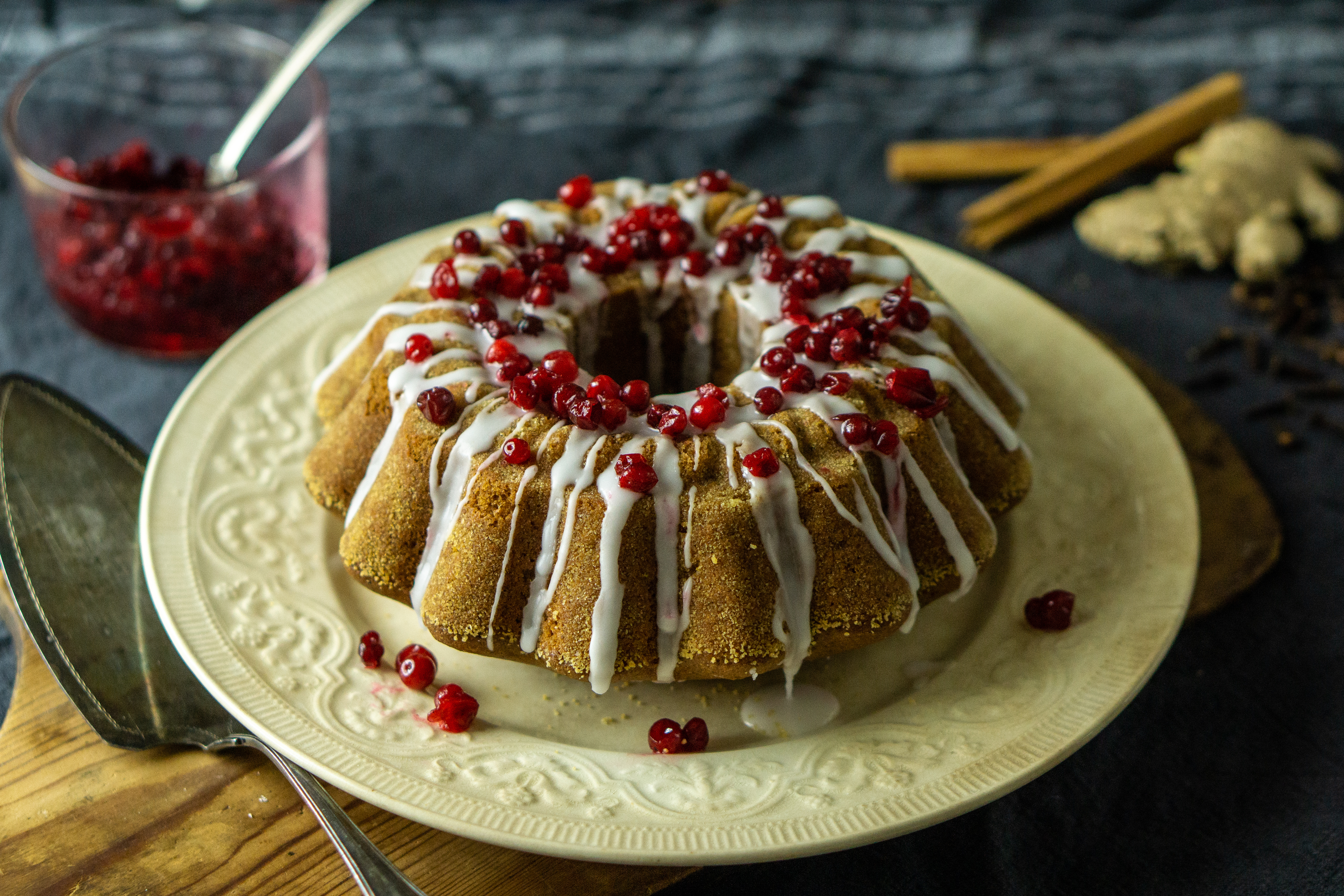Swedish Christmas Food & Baking
Enjoy the selection of classic festive treats!
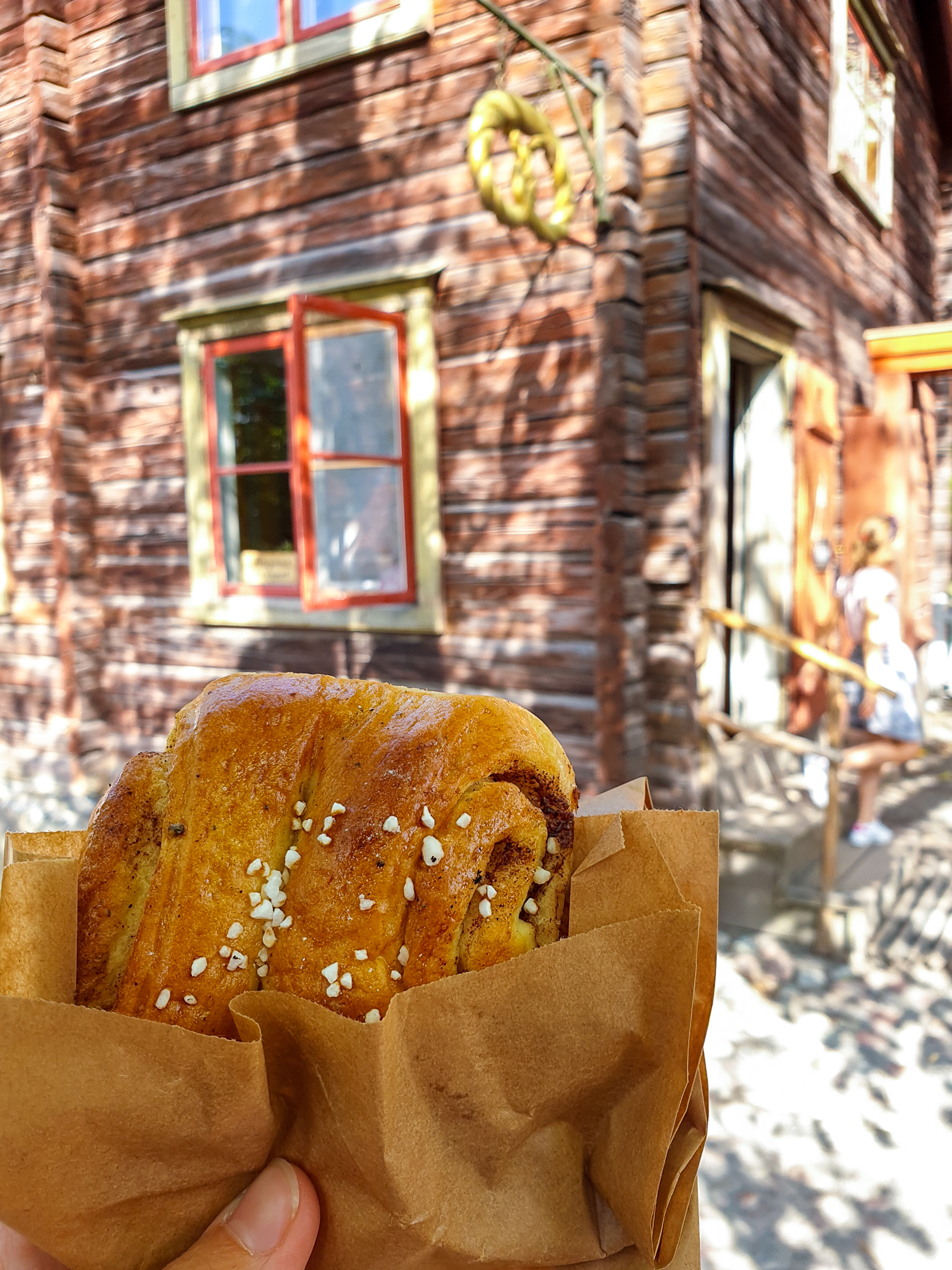
What is Swedish Christmas food, anyway?
On this page, you’ll find a lot of mouth-watering Swedish things to bake. Click an image to go to the post where you can read more about the history, tips for how to make it, and get a tried-and-tested recipe.
Swedish baking doesn’t have to mean a lot of weird ingredients or special equipment. I’ll do my best to suggest substitutions, but if you’re ever have an issue, just comment on the recipe post and I’ll do my best to find a solution for you.
With so much to choose from, it can be difficult to know where to start… To help you select your next baking project, I put together a short and fun quiz — check it out below! Or, just keep scrolling 🙂
So, what kind of Swedish baking do you want to do next?
Let’s have a fika
There’s one very important concept you need to know if you’re going to bake something Swedish: fika.
Fika — as in “having a fika” or “do you want some fika?” — refers to hanging out together over a cup of coffee served with something sweet on the side. (Yes, tea and soft drinks are perfectly alright, too.)
A fika is usually pretty informal, can last for a short or very long time, and involves two or more people (although some would say that you can fika on your own). Catching up with an old classmate, comforting a friend with heartache, or having a casual date? Yep, the Swedes turn to fika, either at home, at a café, or at a slightly fancier konditori.
By now you might be wondering, “what do you have on your coffee, then?” Excellent question. Let’s take a look at some of the options — and, yes, you can choose more than one:
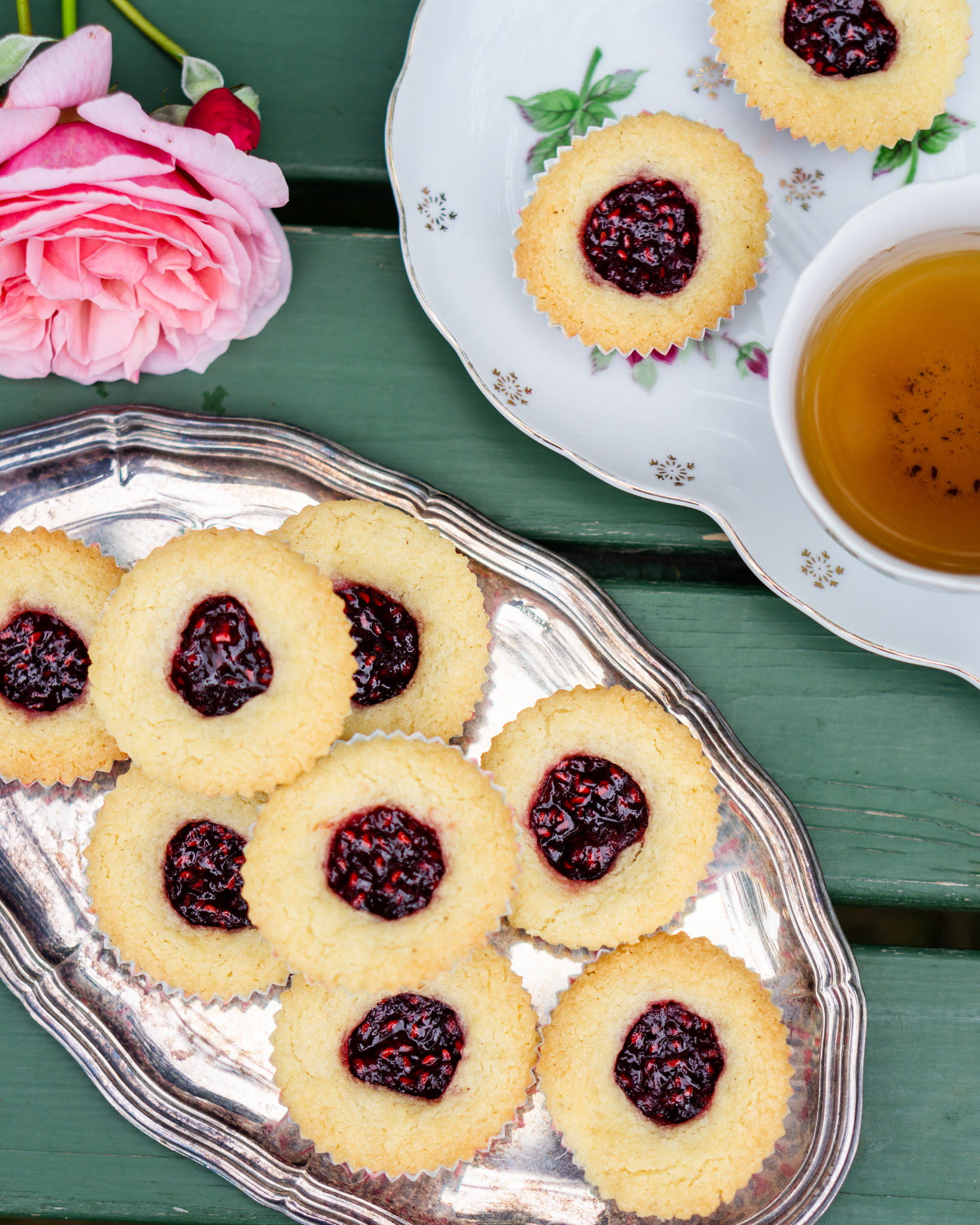
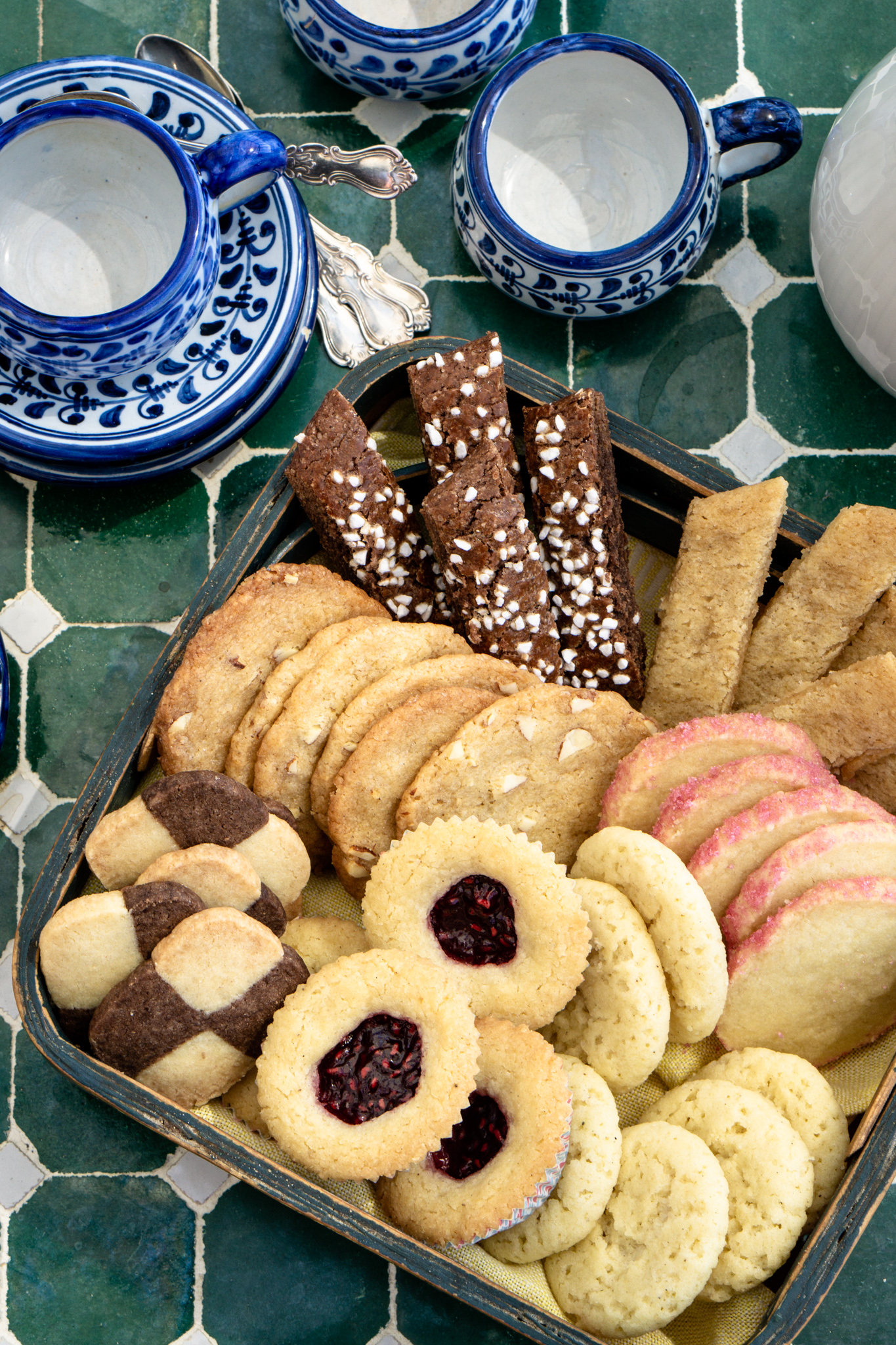
Classic Swedish Christmas Food
If you think it is tough to entertain today, spare a though for the ladies who arranged kafferep, or “coffee parties”, in the early 20th century. In Sweden, custom dictated that the hostess should serve seven types of cookies. And, yes, she might not even have an electrical stove, or access to the right ingredients because of rationings. (Though, we did have bakeries, so I guess she could buy a few.)
I’m quite fond of the idea of offering more than one type of cookie. The Swedish cookies are traditionally much smaller than the American versions, so having two or three cookies isn’t extravagant.
My great-grandmother claimed that you were allowed to eat no more than three cookies when visiting someone for coffee. More than that was not polite. However, maybe she was just trying to stop the kids from raiding the fika basket…
How about a cookie? (Or three — I won’t tell…)
Butter for Christmas… really?
Yes, it might seem surprising, but butter used to be an important part of the Swedish Christmas table. That is — if you could afford it.
In many areas of Sweden, those who could afford it would place a large lump of butter in the middle of the table. But, the guests wouldn’t taste it! They knew that the butter was displayed as a status symbol that showed the household’s wealth.
If you make your own butter, I highly recommend that you eat it, though…
The world-famous cinnamon bun
The cinnamon bun is the ultimate fika classic. Whether you prefer yours to be light and spongey, or slightly dense and sticky, there’s a recipe for everyone.
Actually, the cinnamon bun has become so popular that it has it’s own theme day. On October 4th every year since 1999, the Swedes have celebrated the cinnamon bun by eating an extraordinary amount of them — about 8,3 million buns.
While buns always are enjoyed best when fresh from the oven, you can freeze them once they have cooled.
Swedish cinnamon buns may have become popular around the world, but there are other types of buns as well. Cardamom buns and vanilla buns are two popular choices.
If we’re talking about buns, it’s hard not to mention semlor — Swedish Lenten buns. They are really supposed to be eaten on the Tuesday before Lent, but some Swedes eat them during the entire first quarter of the year…
Christmas Desserts
A text here
Need something a bit fancier? From the perfect Midsummer cake to the birthday favorite — I’ve got you covered:
God Jul!
Ah, Christmas. In the Swedish Christmas baking, you’ll find similar spices as in many other cultures — cinnamon, cardamom, cloves, ginger, a touch of nutmeg.
Gingerbread cookies and cakes are pretty much mandatory at the Swedish glögg parties during December. Glögg is a spiced, sweetened wine that you serve warm. Some people like to add spirits to make it stronger, too — but there are non-alcoholic versions as well. Check out glögg’s history and a recipe here.
The biggest difference between Swedish Christmas baking and many other countries is that we use a lot of saffron. On the 13th of December every year, we celebrate St Lucia or Lucy. And the best way to celebrate? Baking saffron buns, or lussekatter — “lusse cats”!

